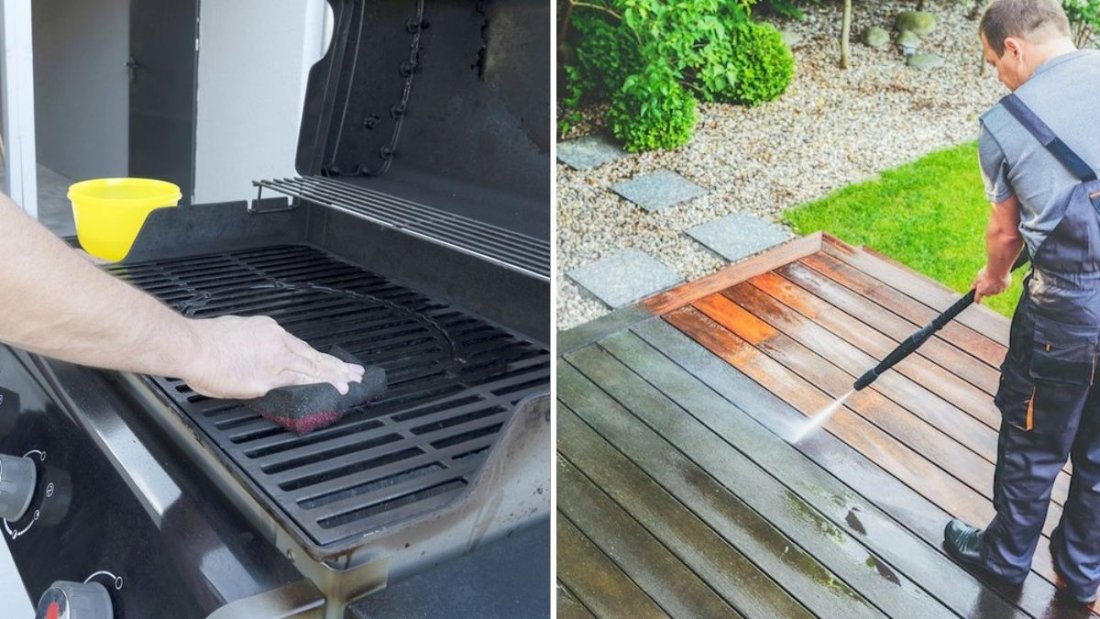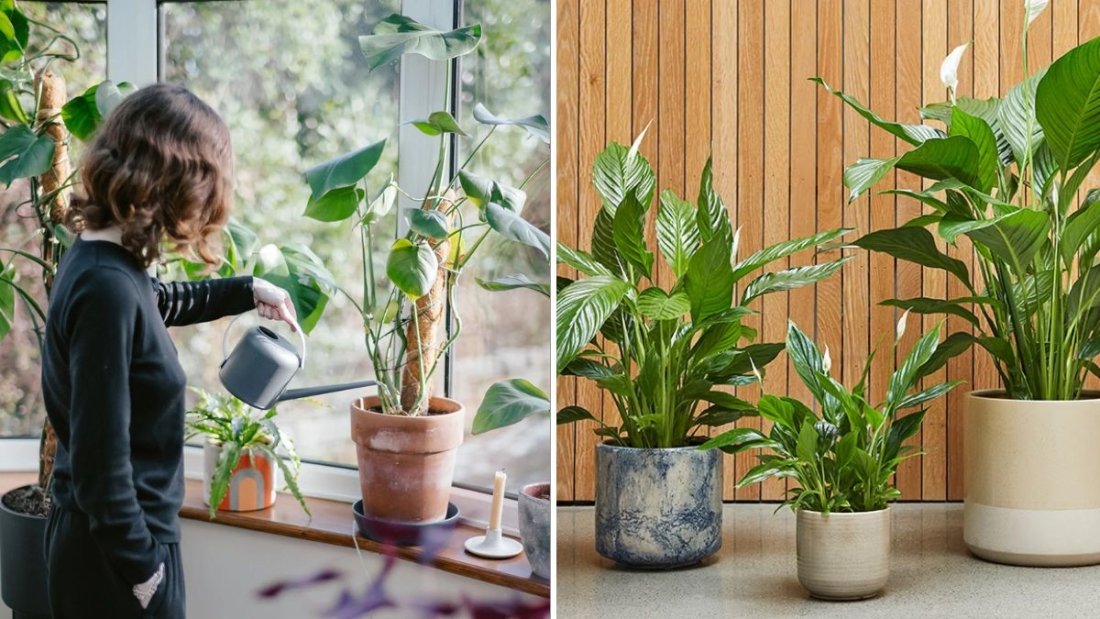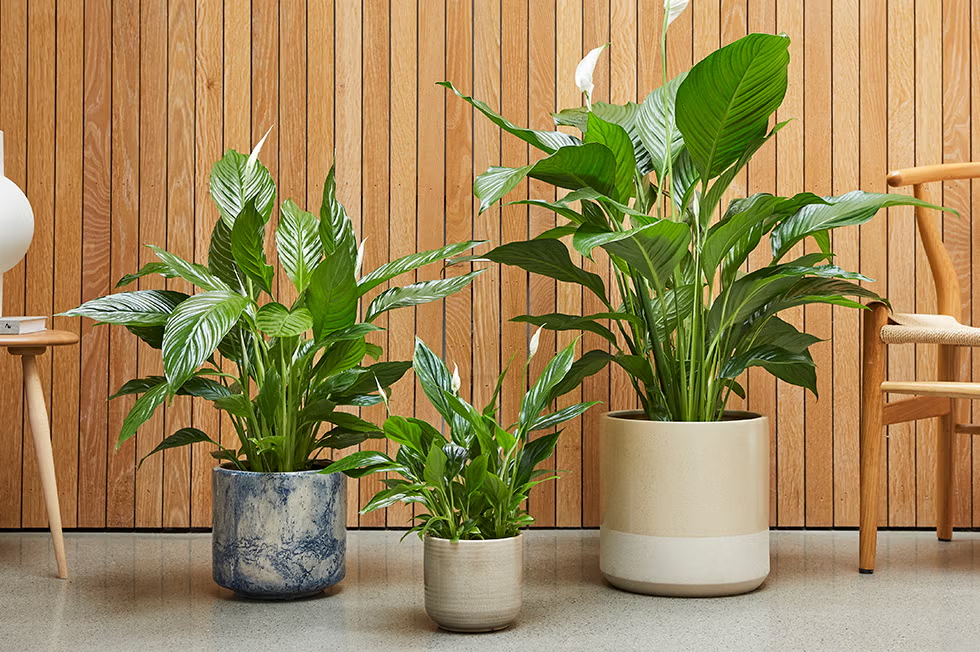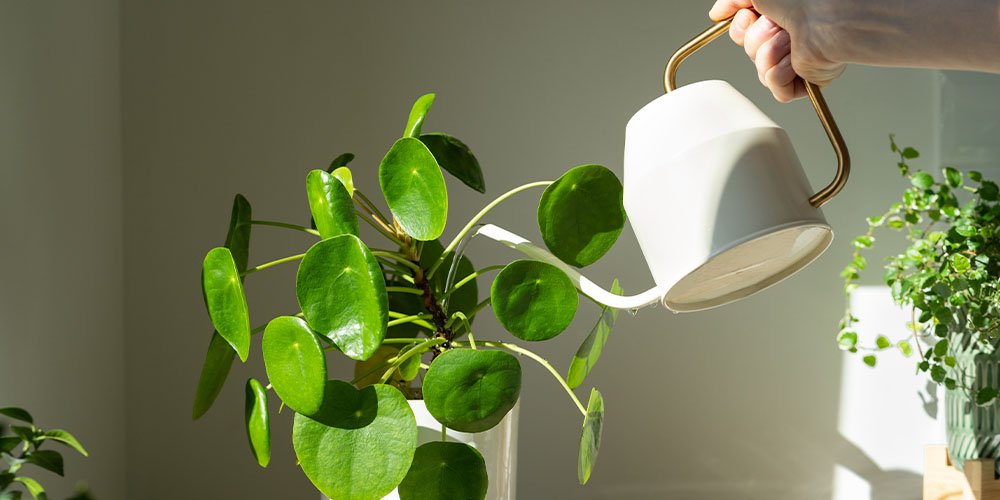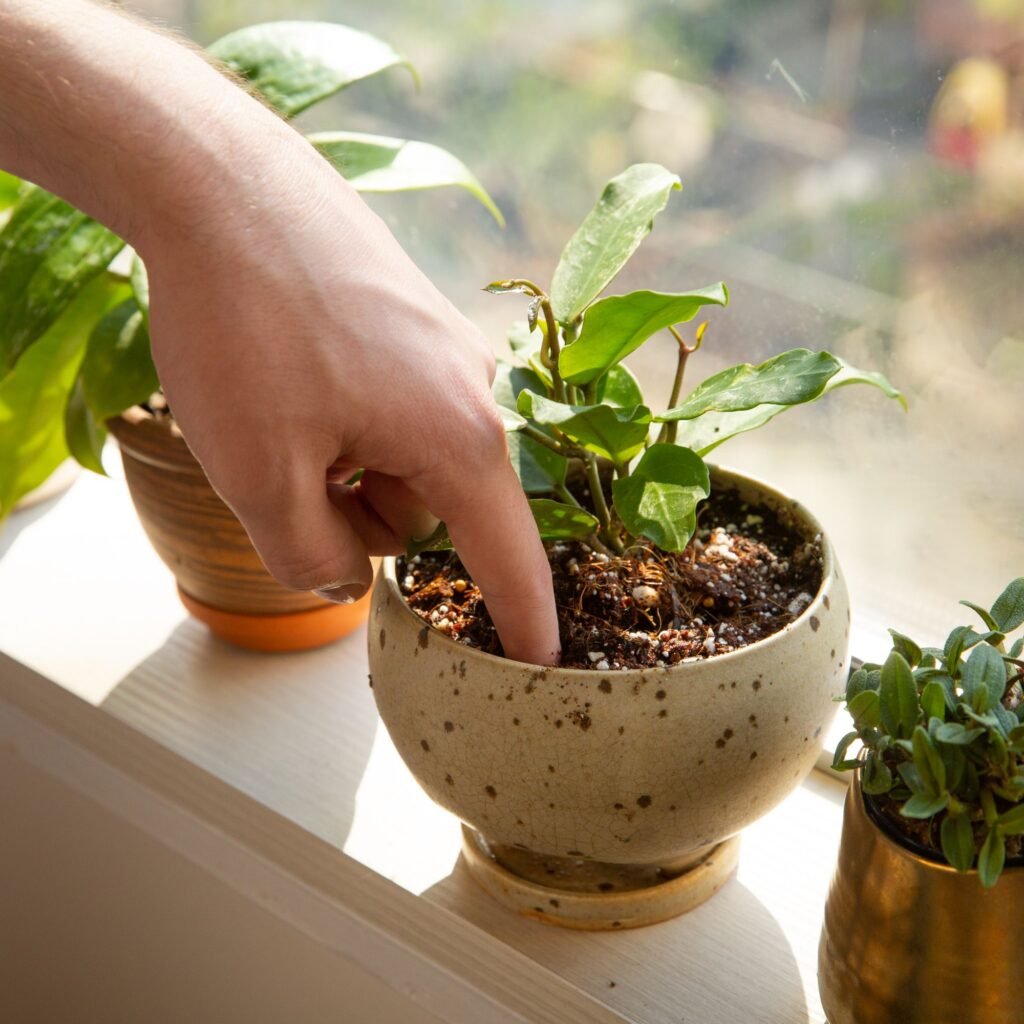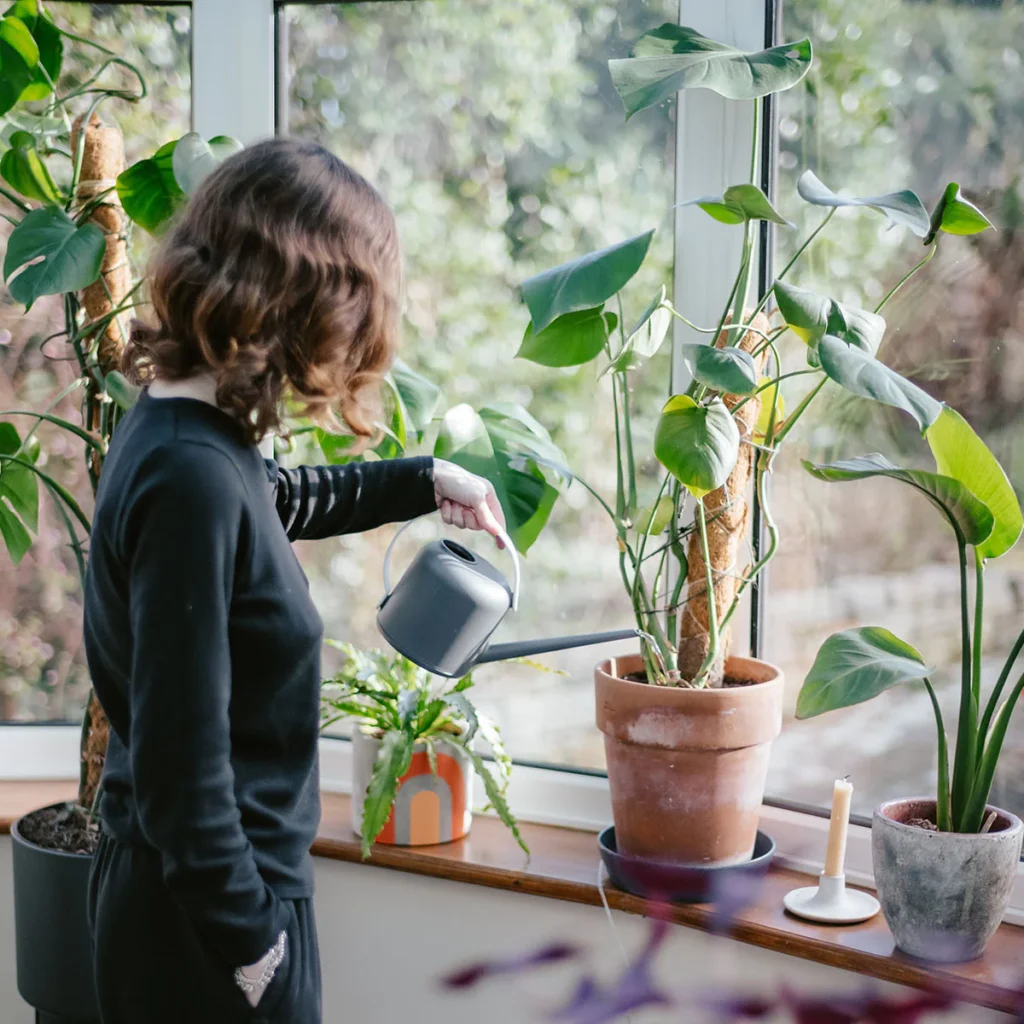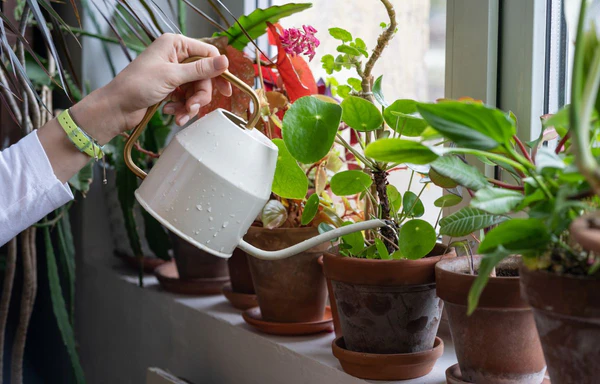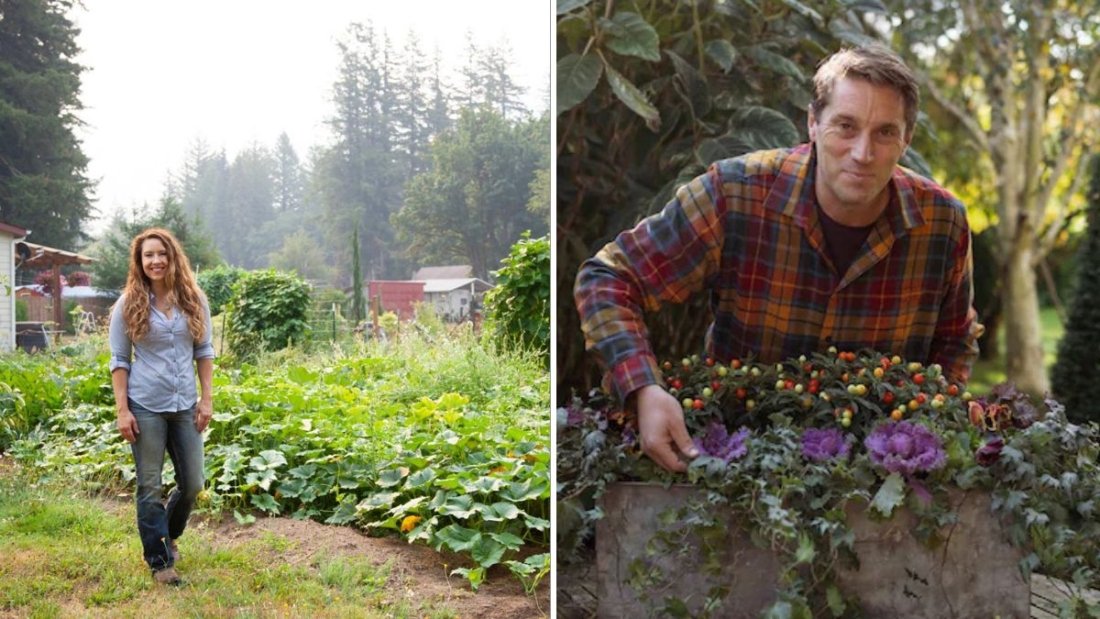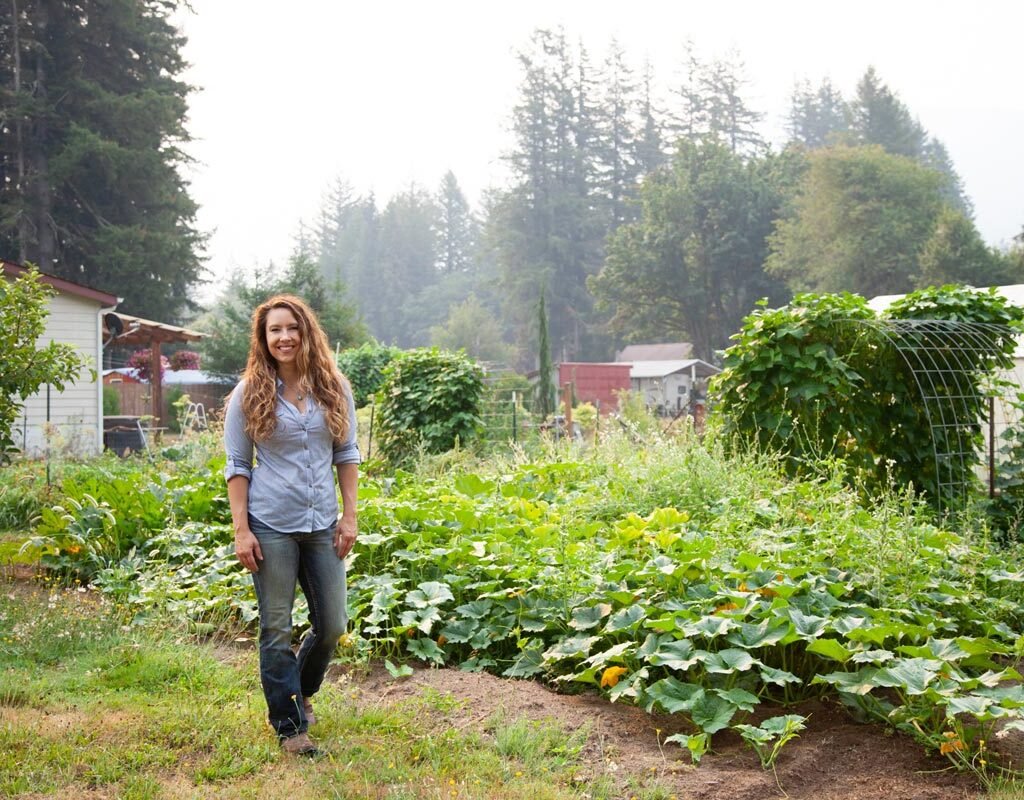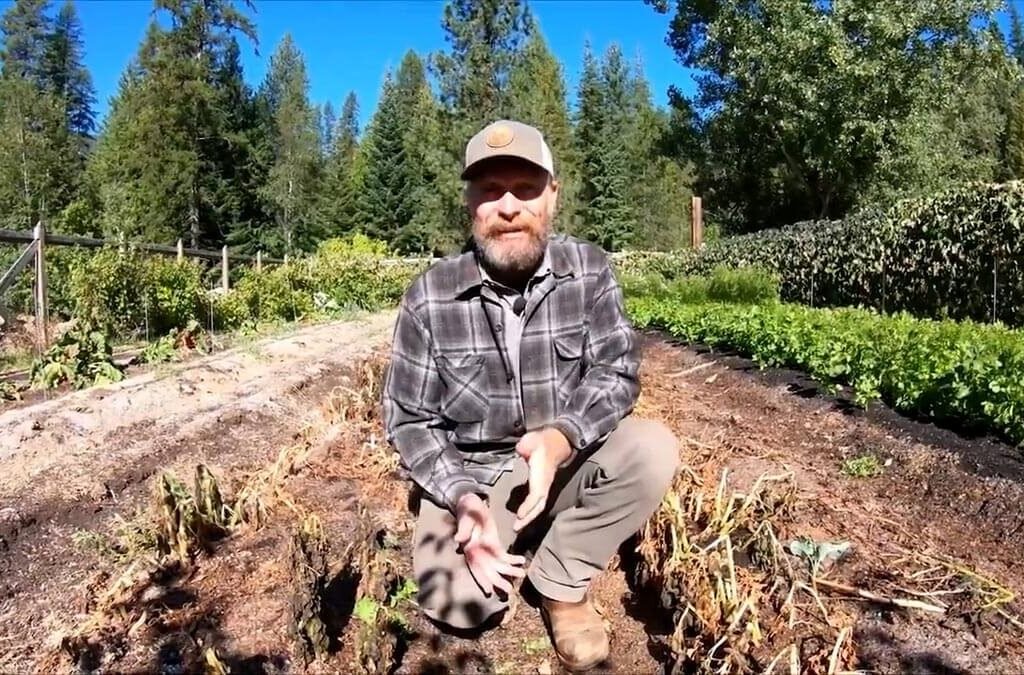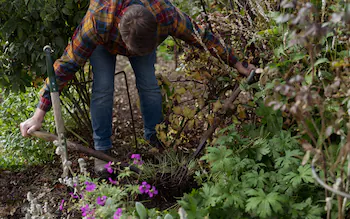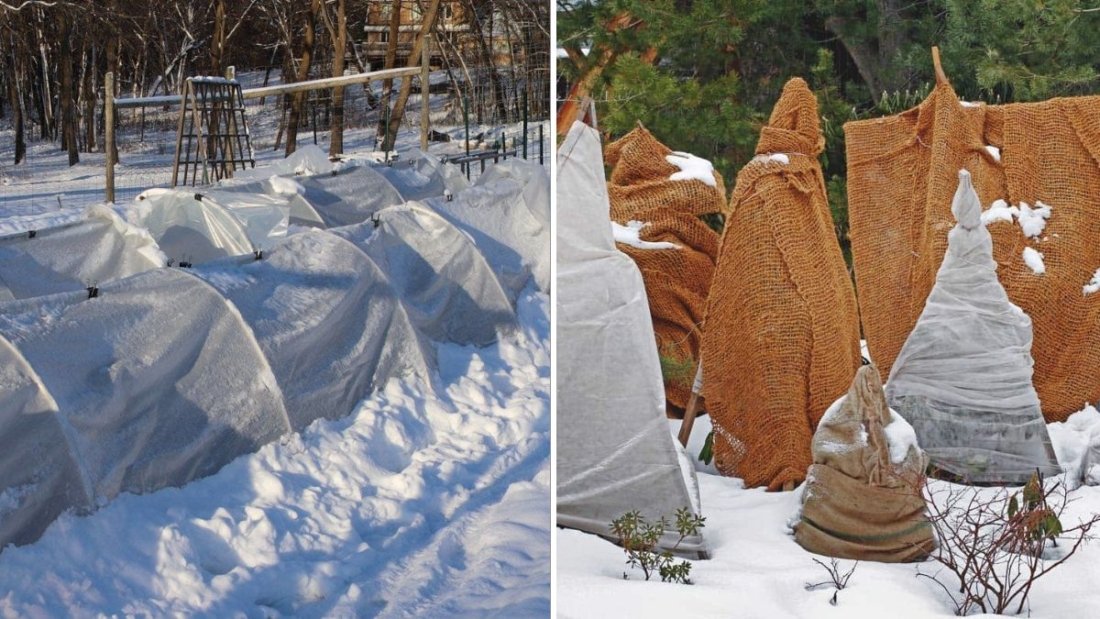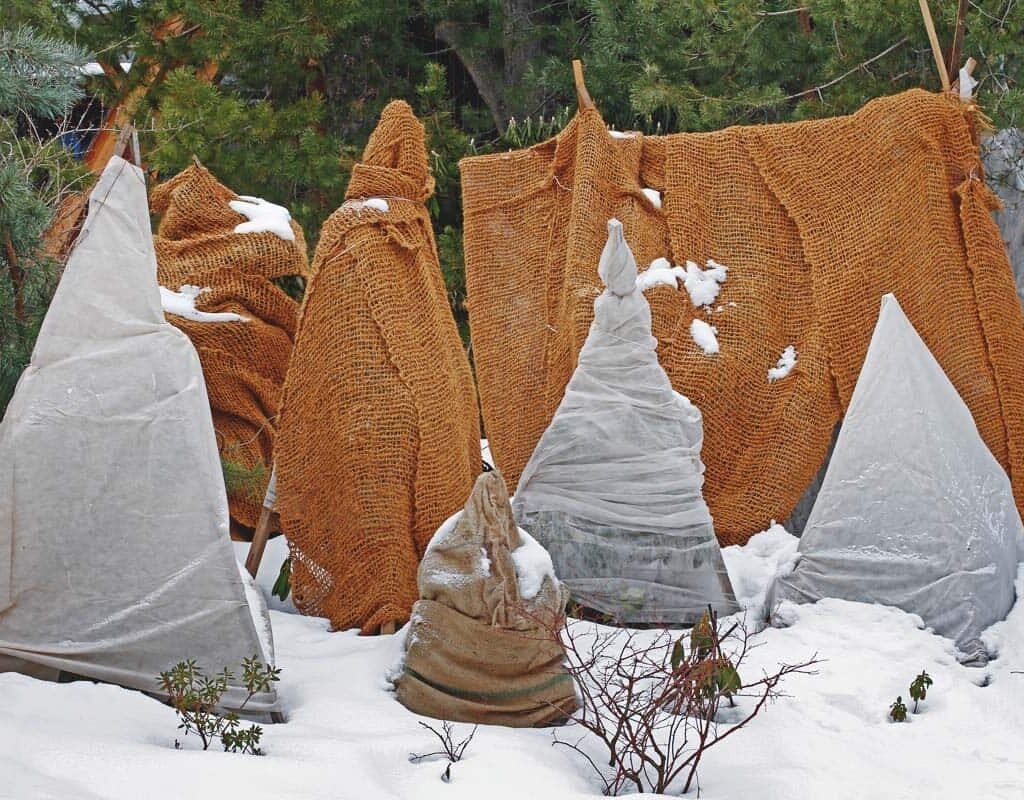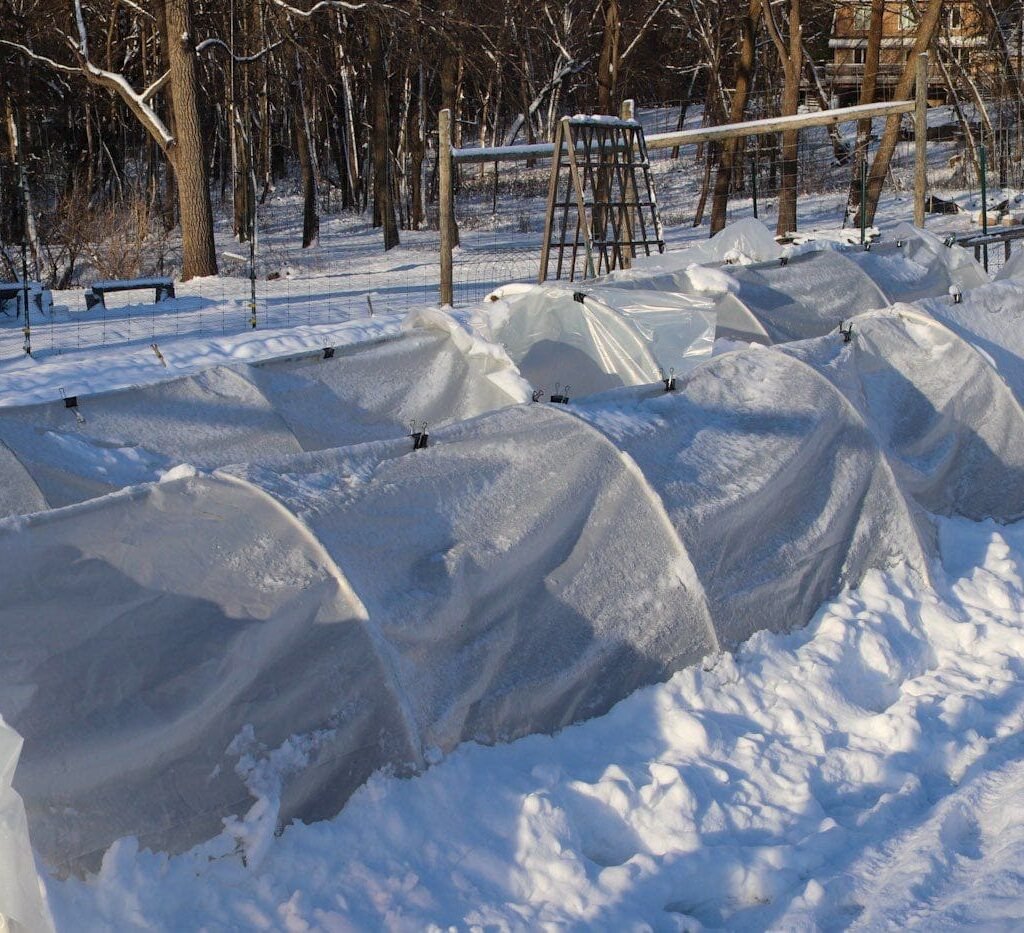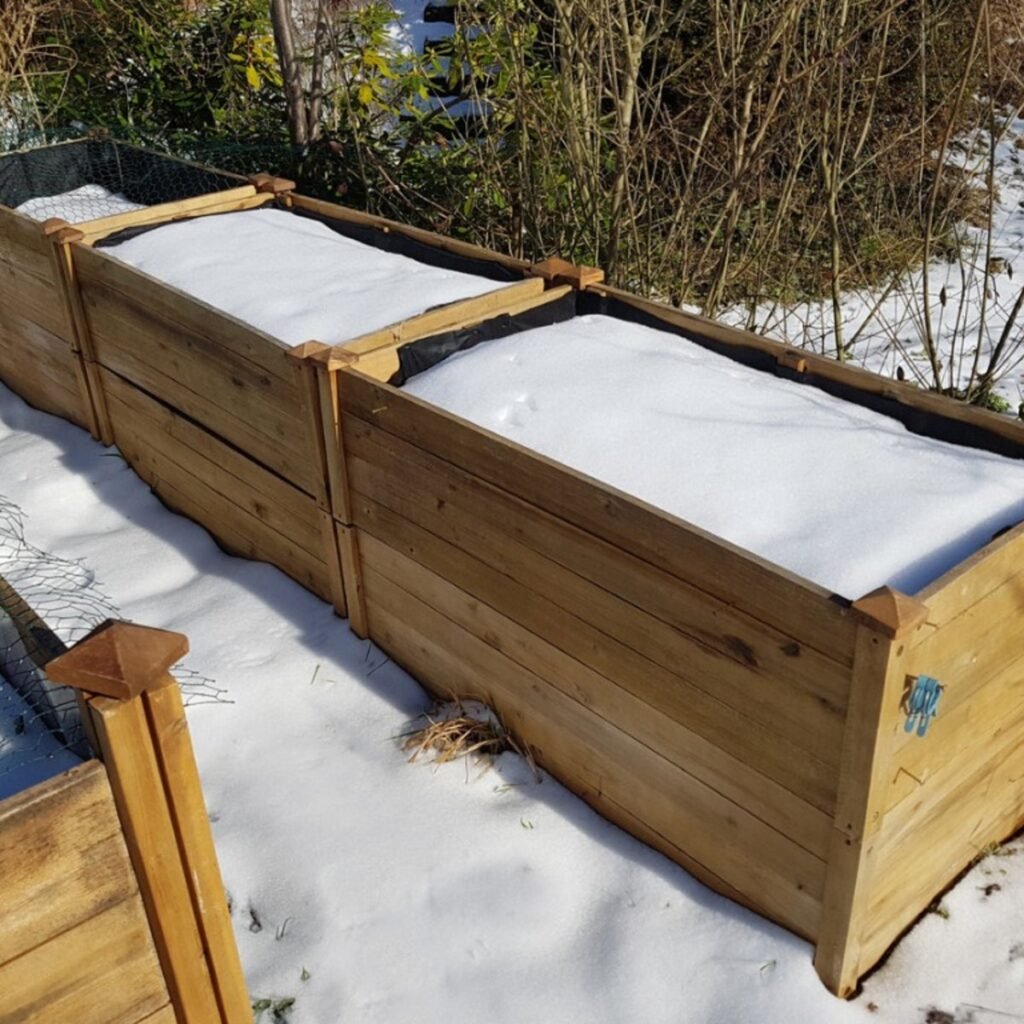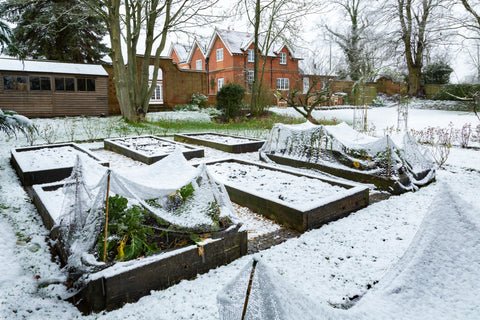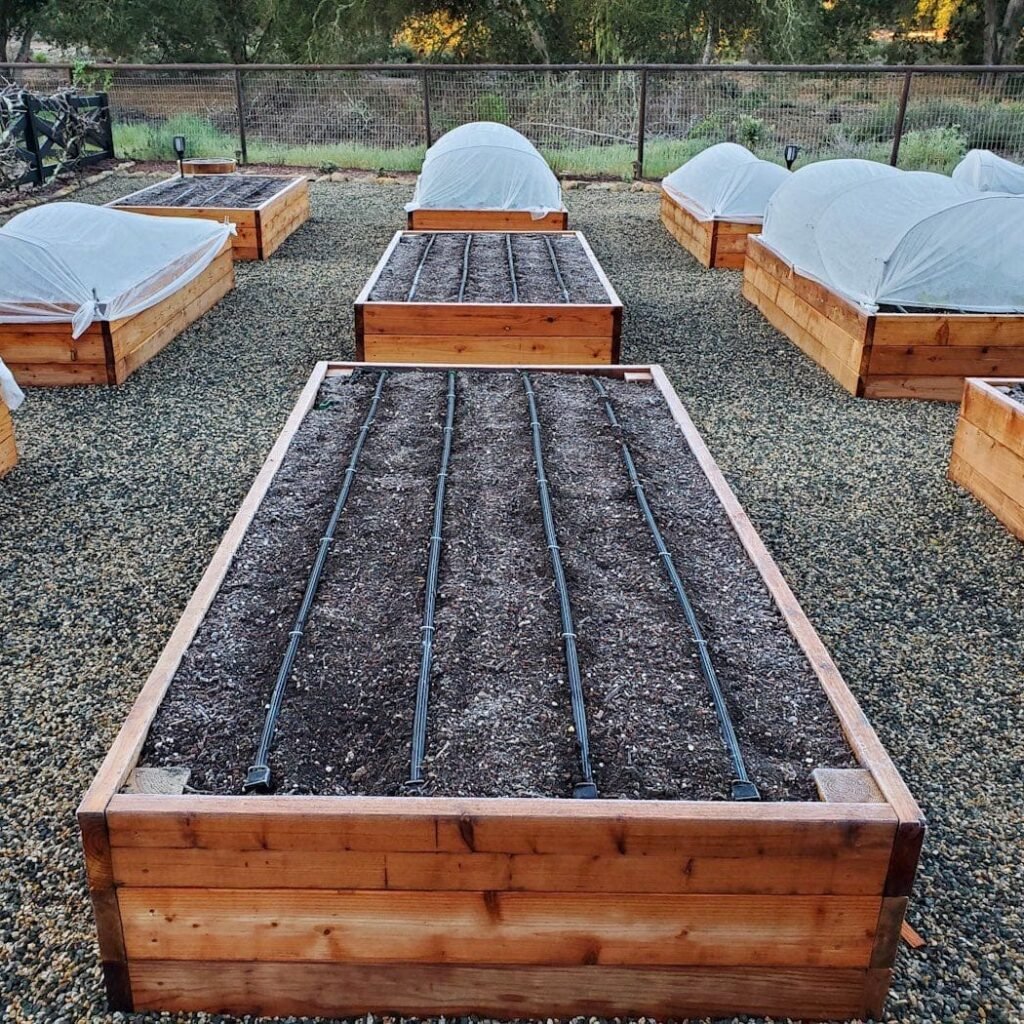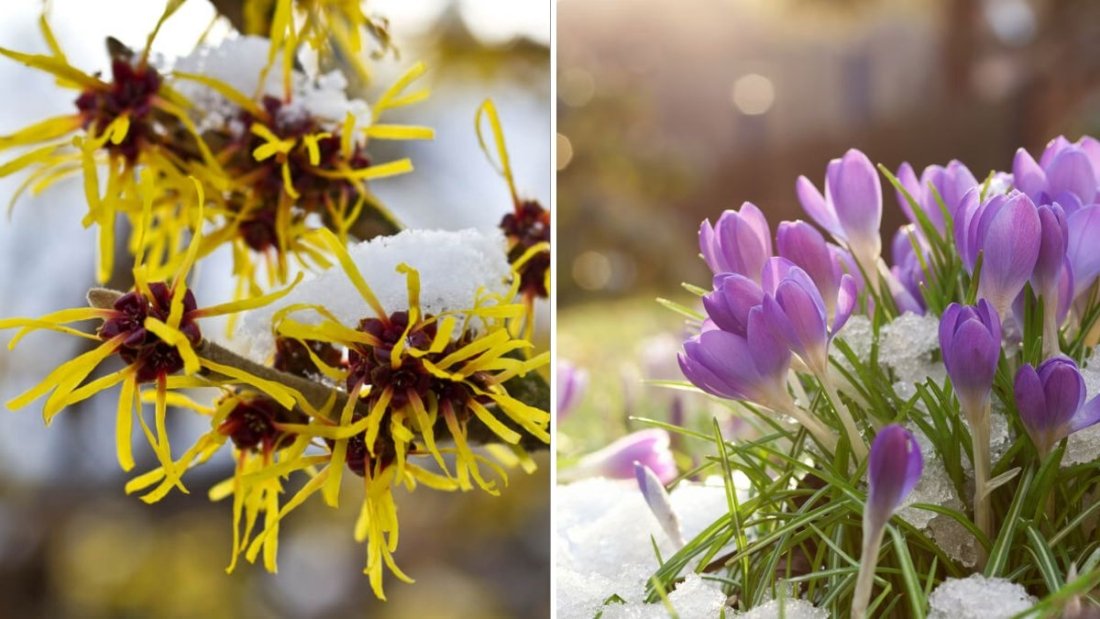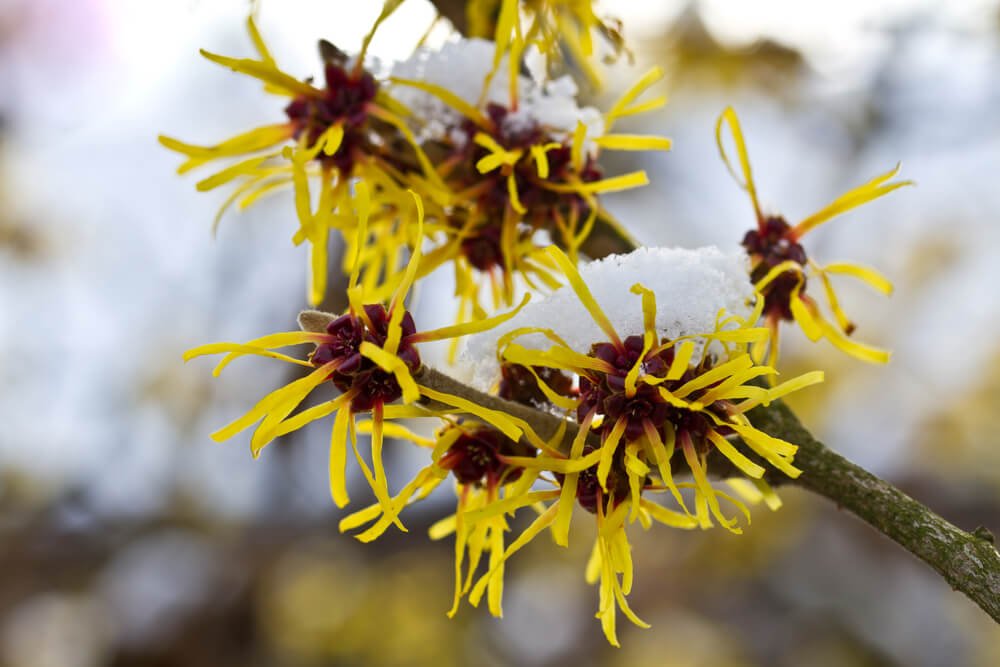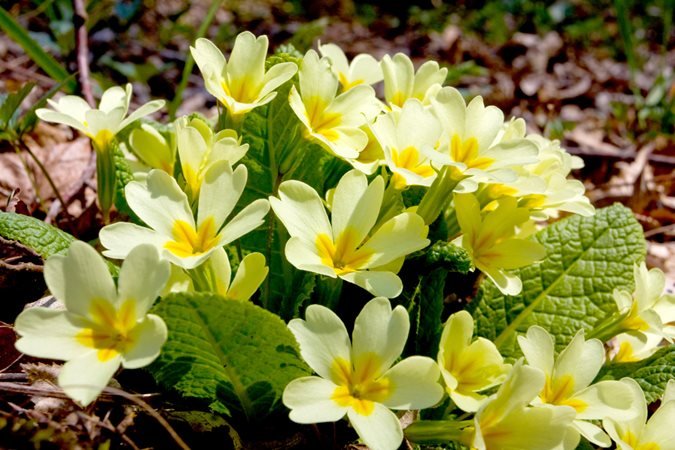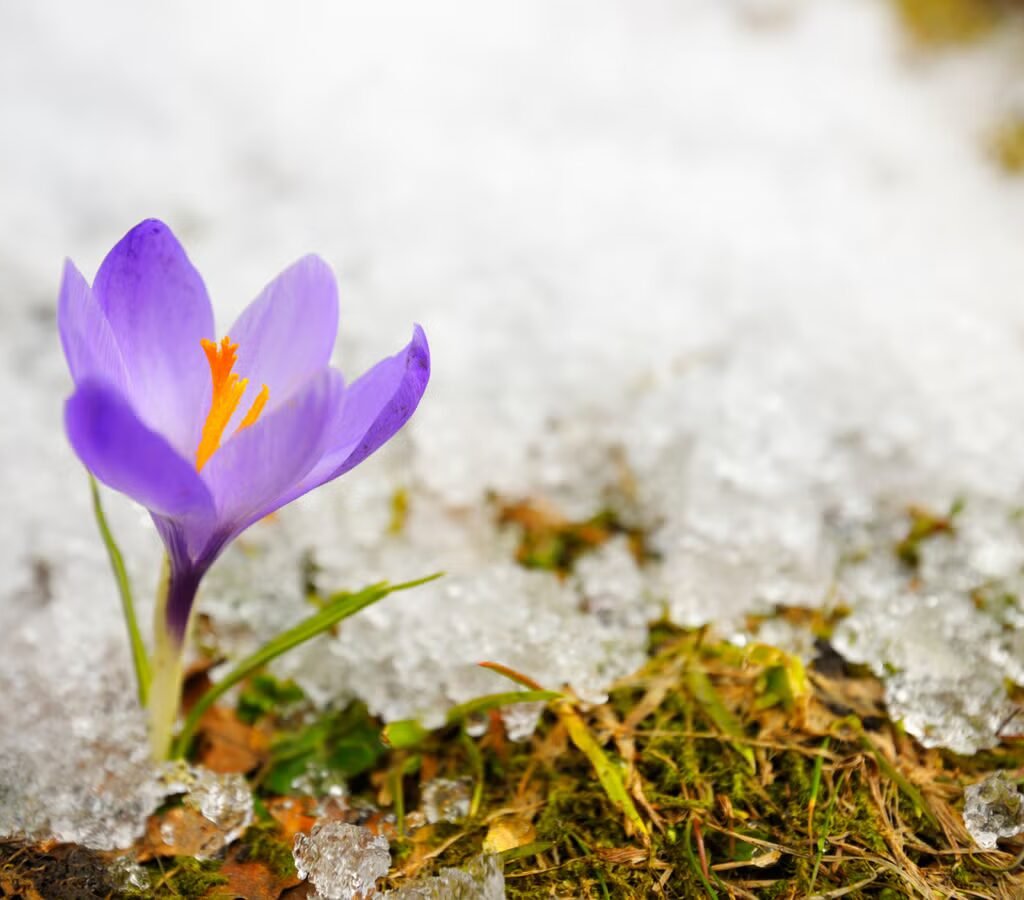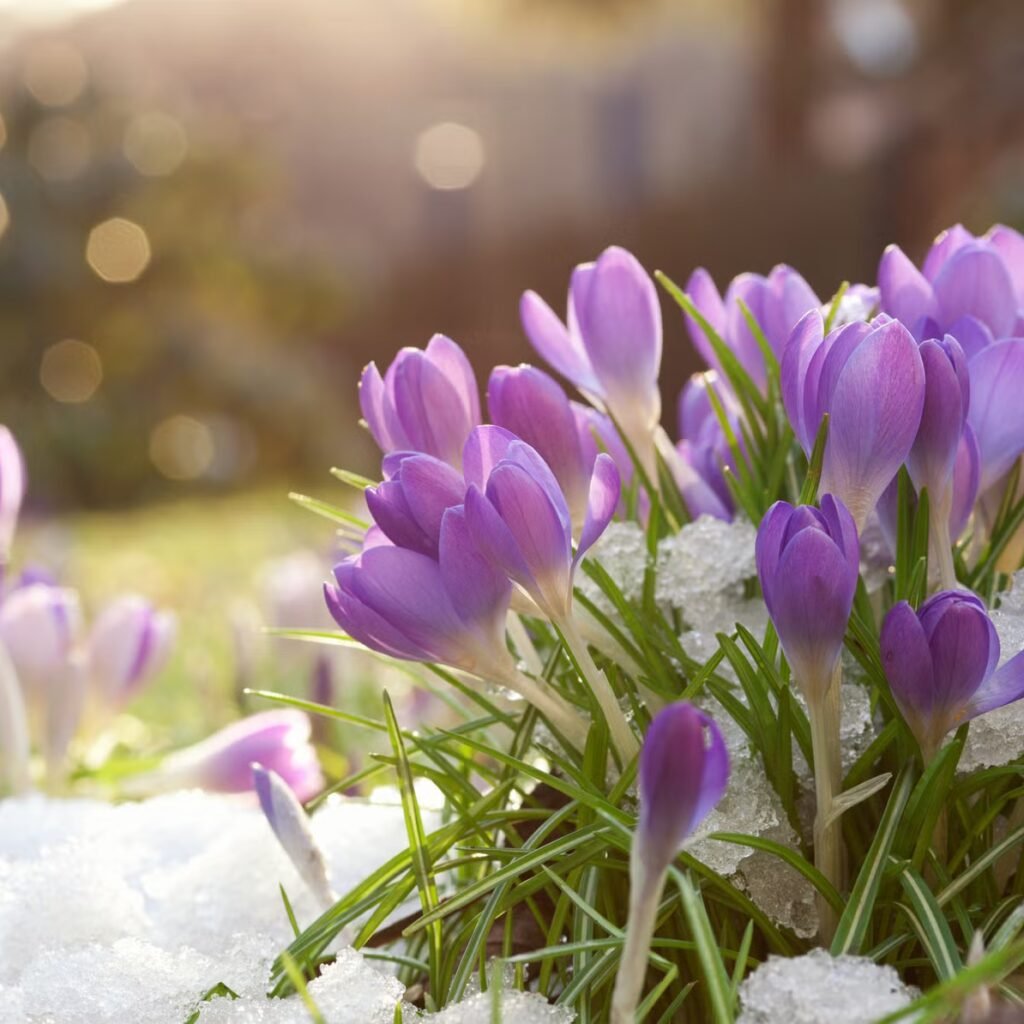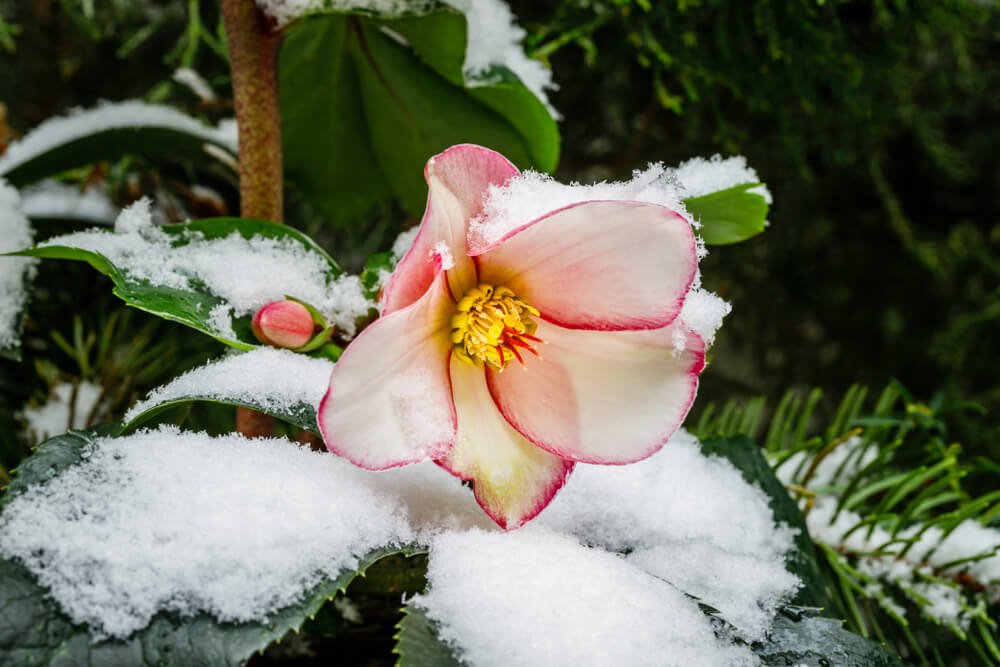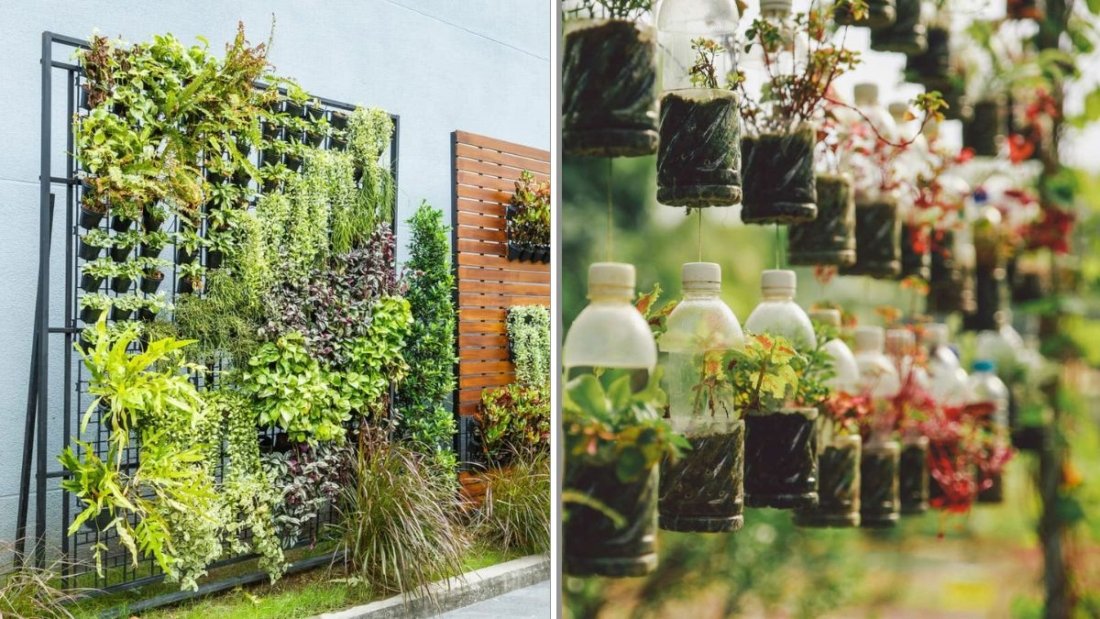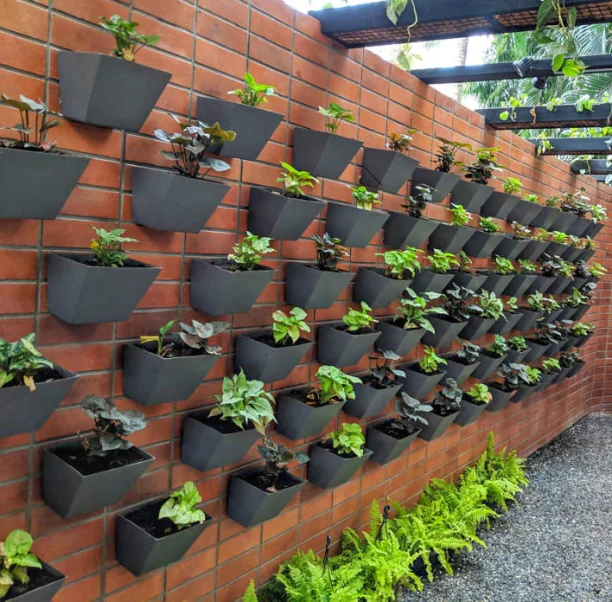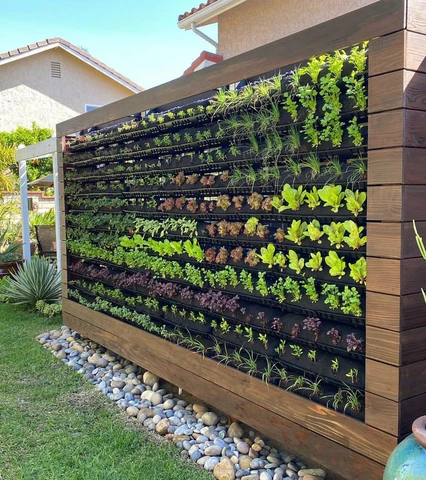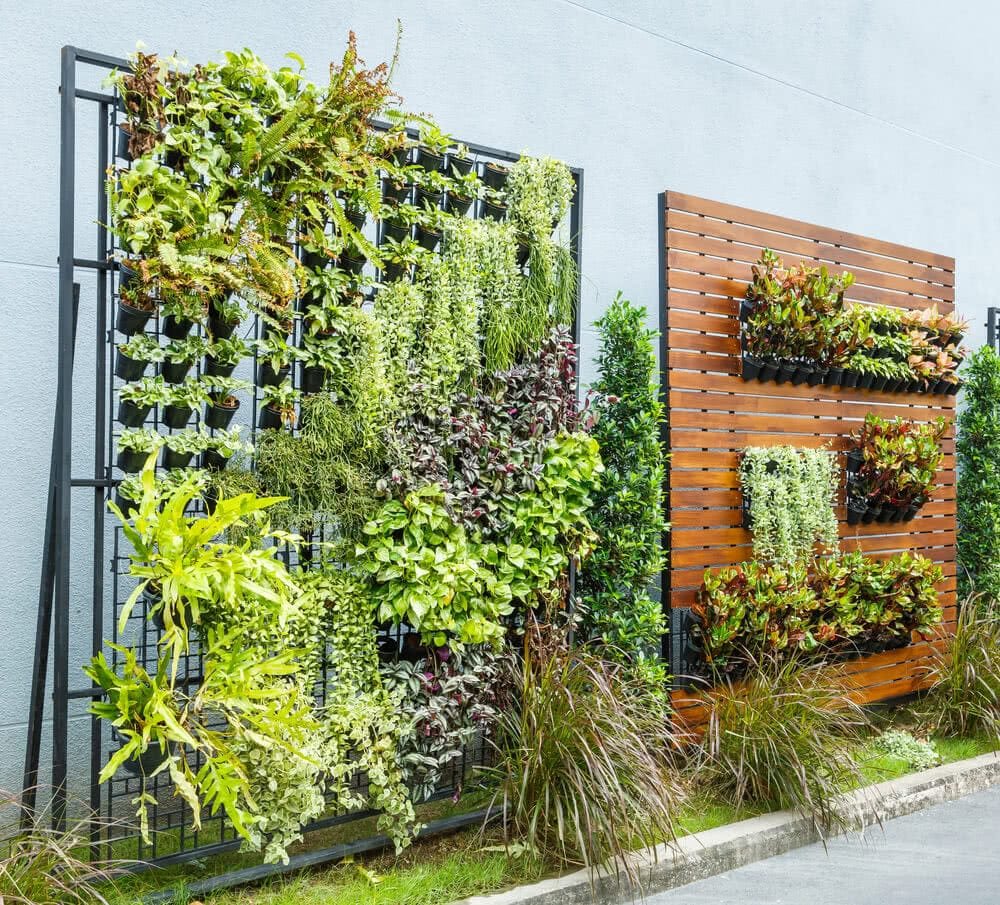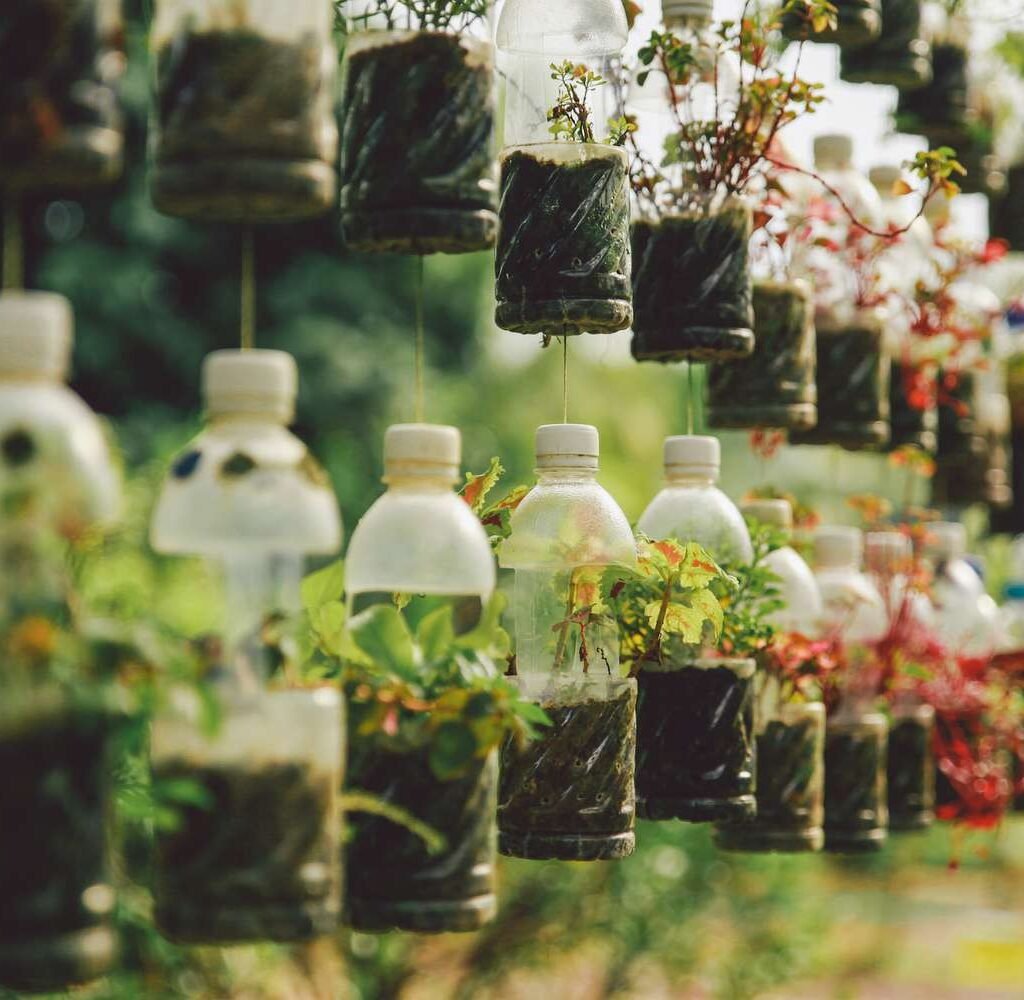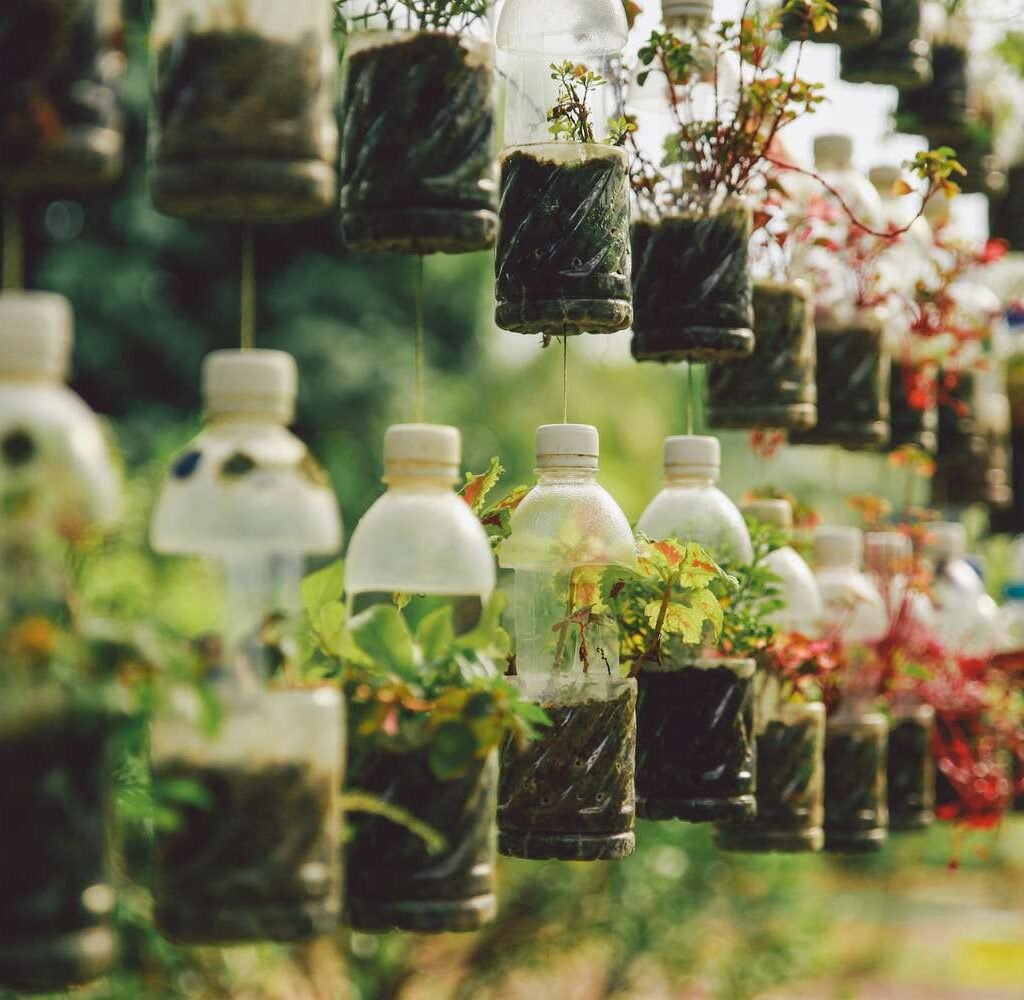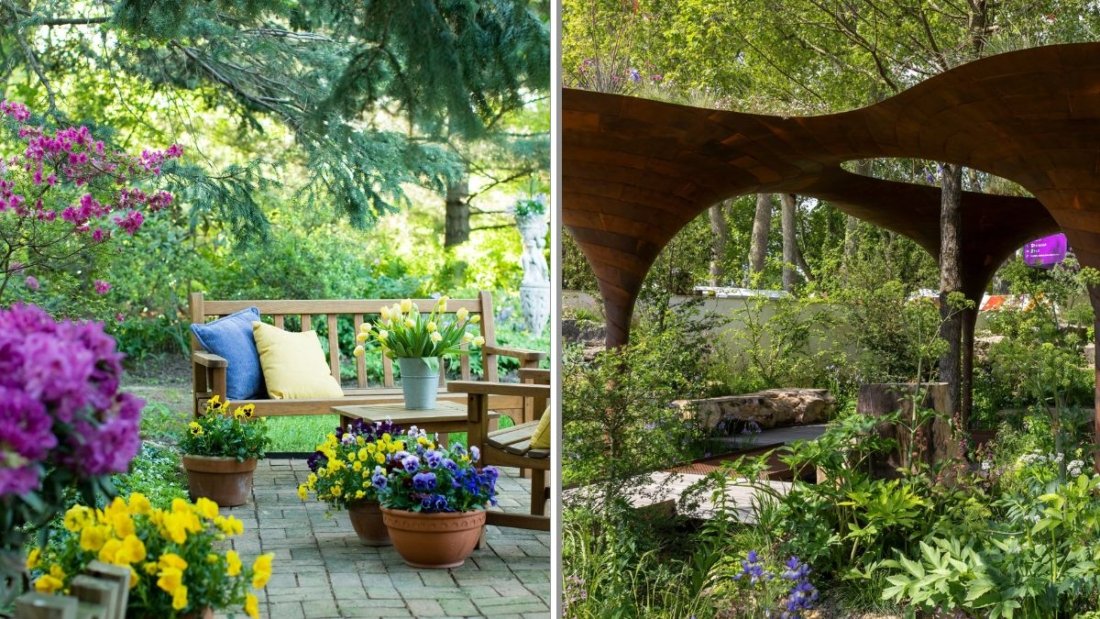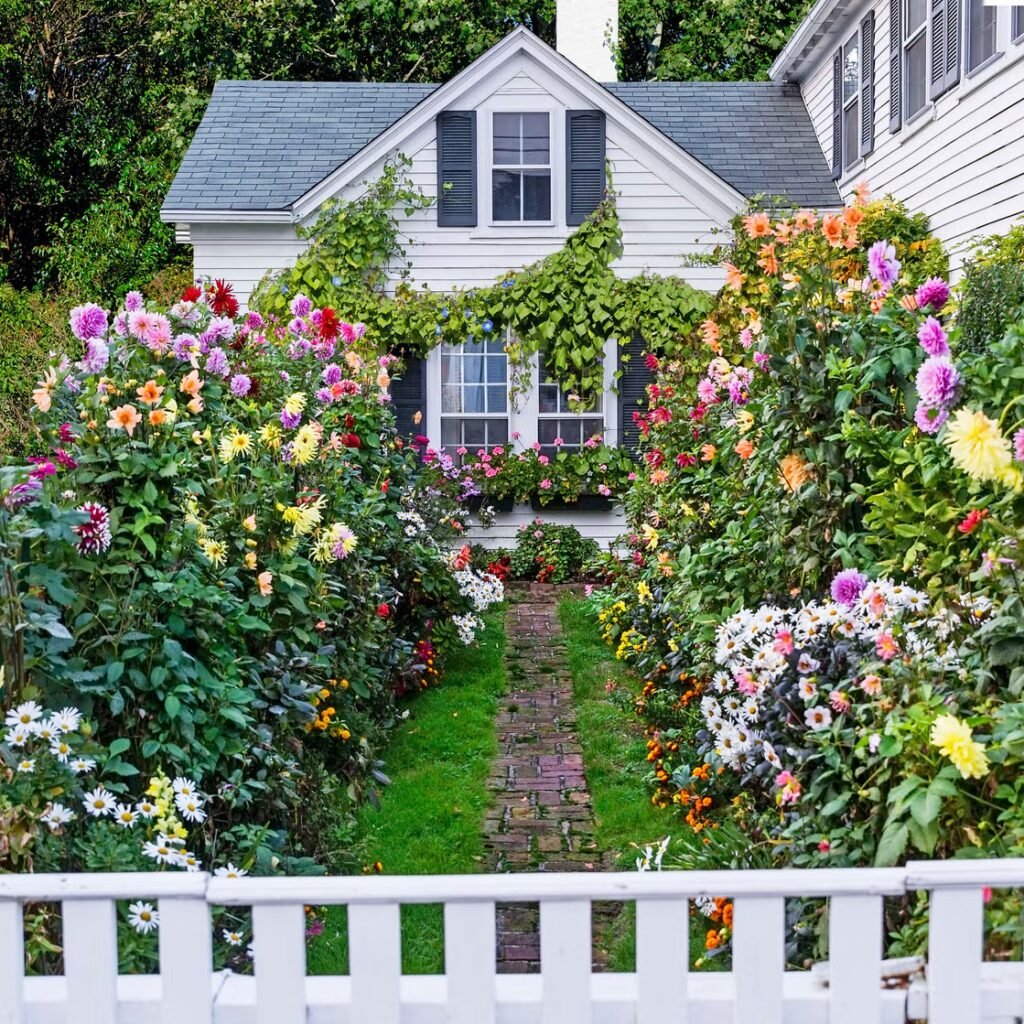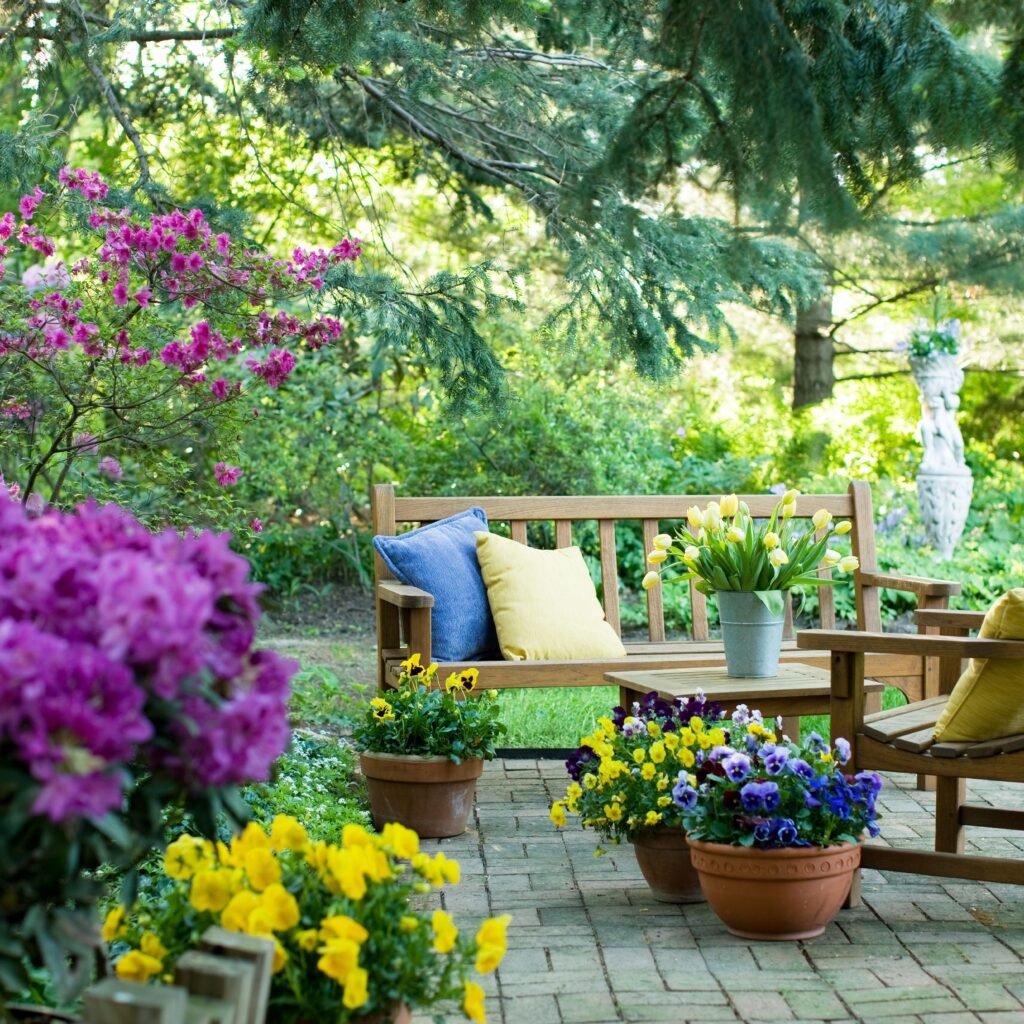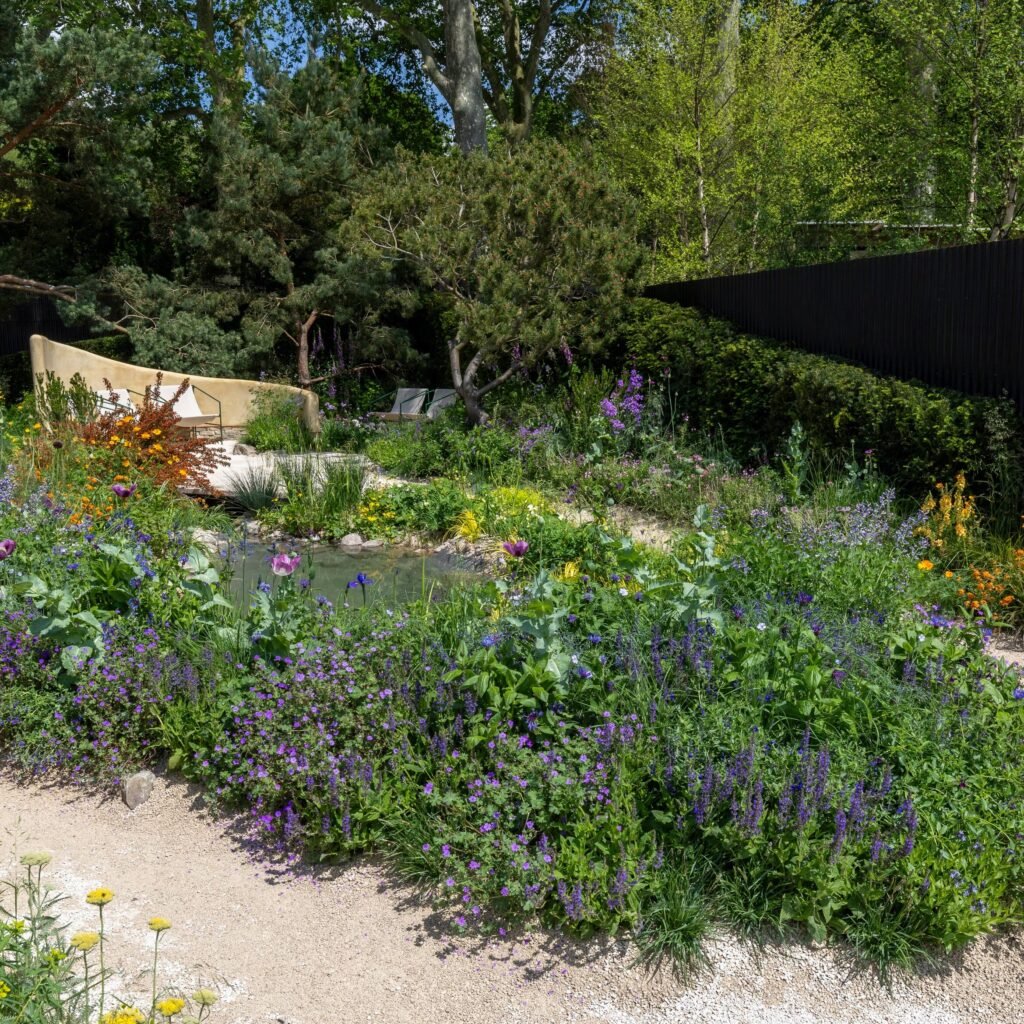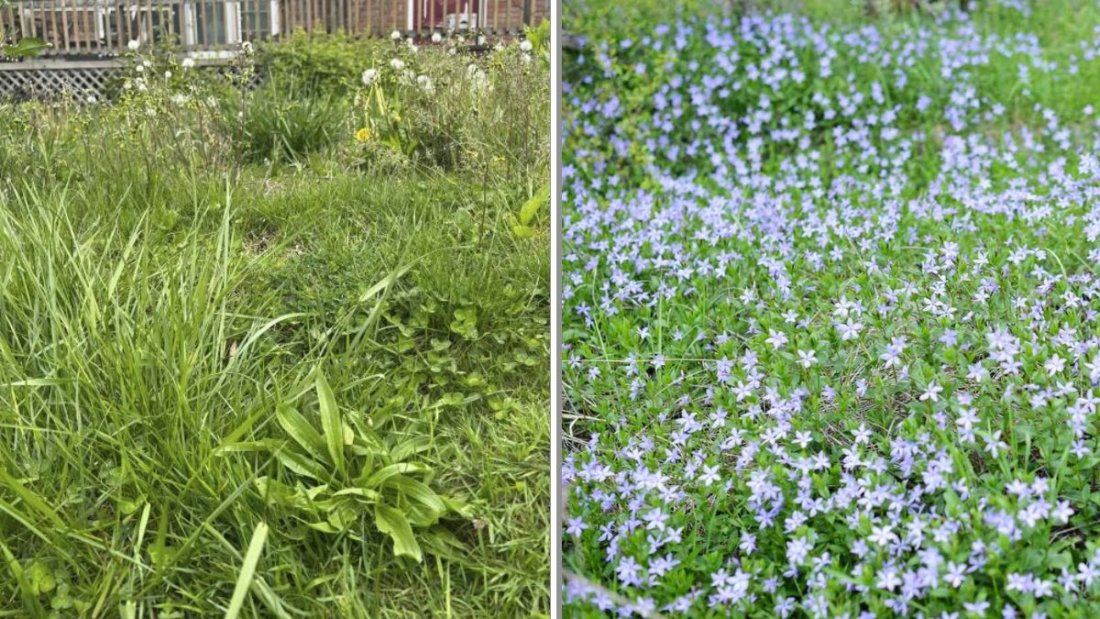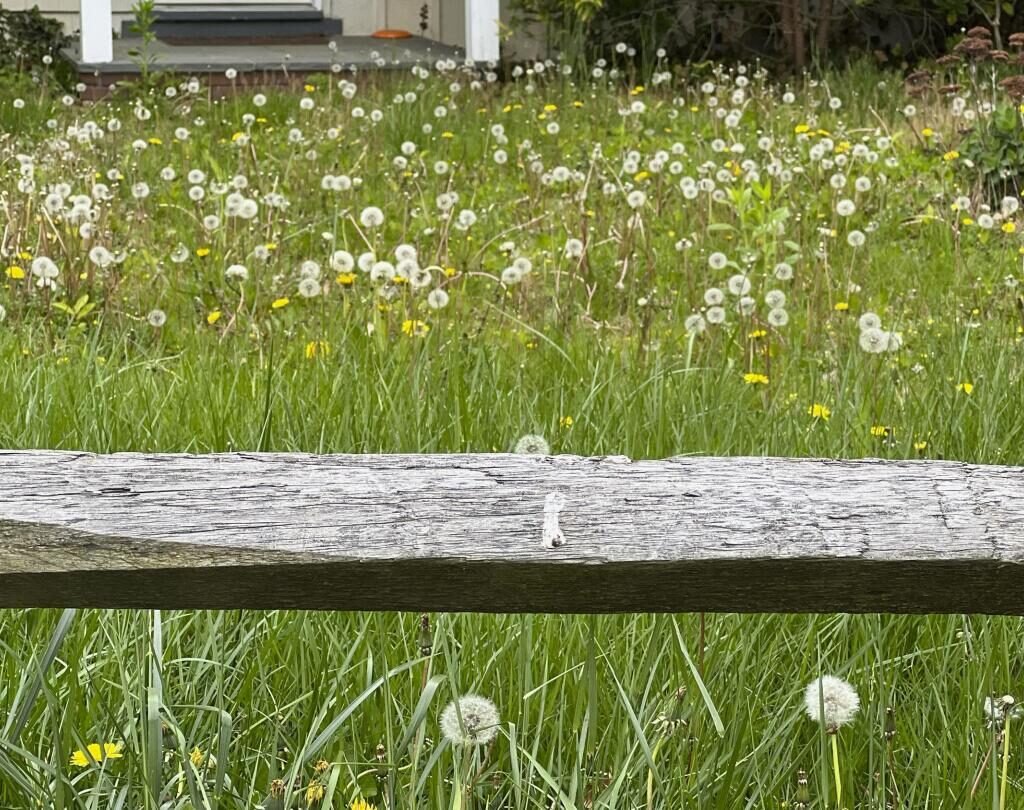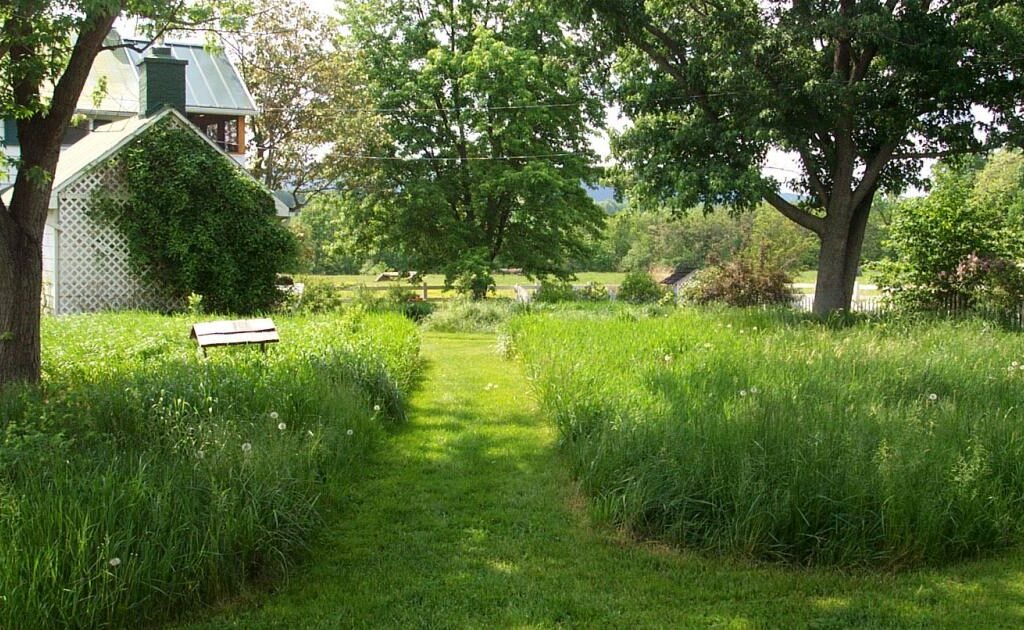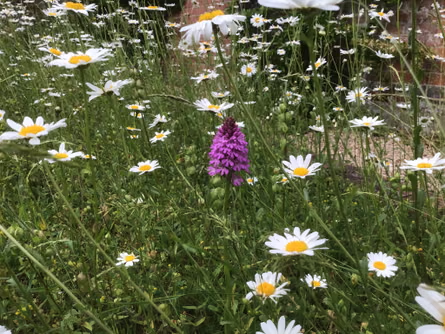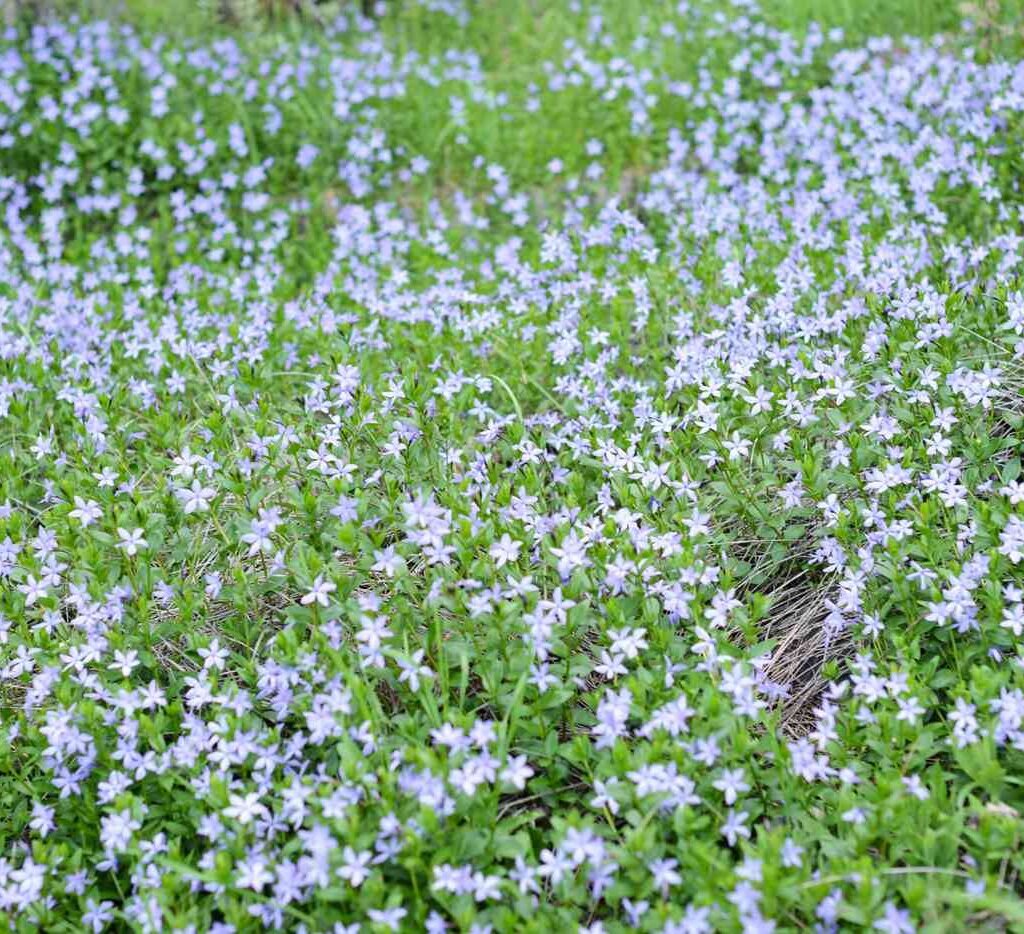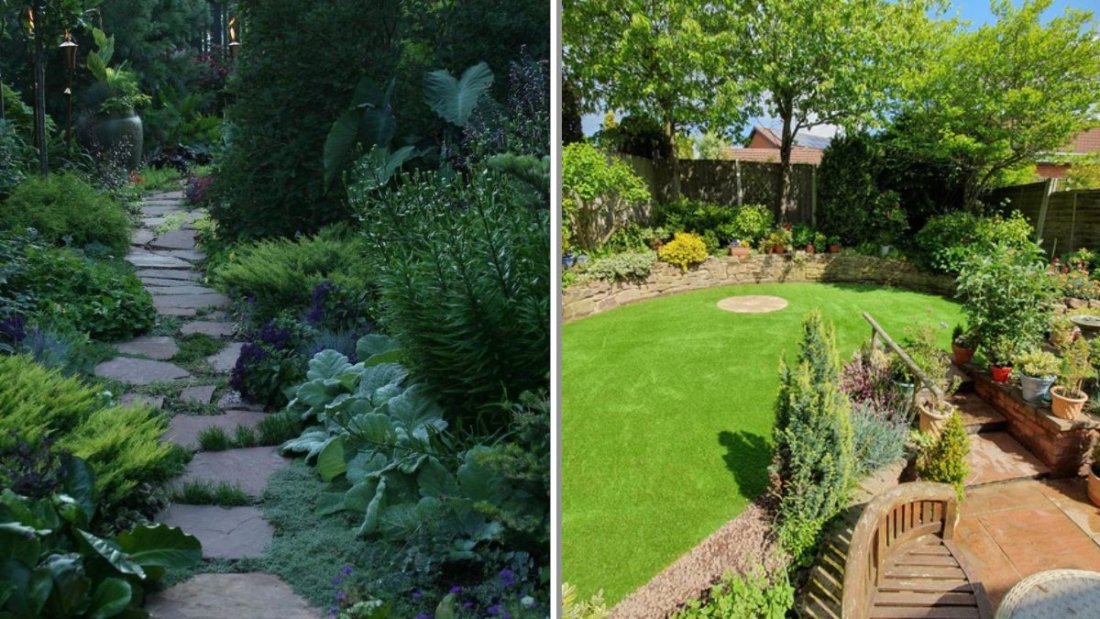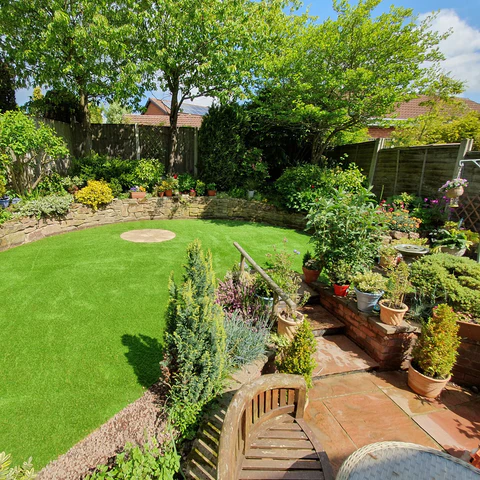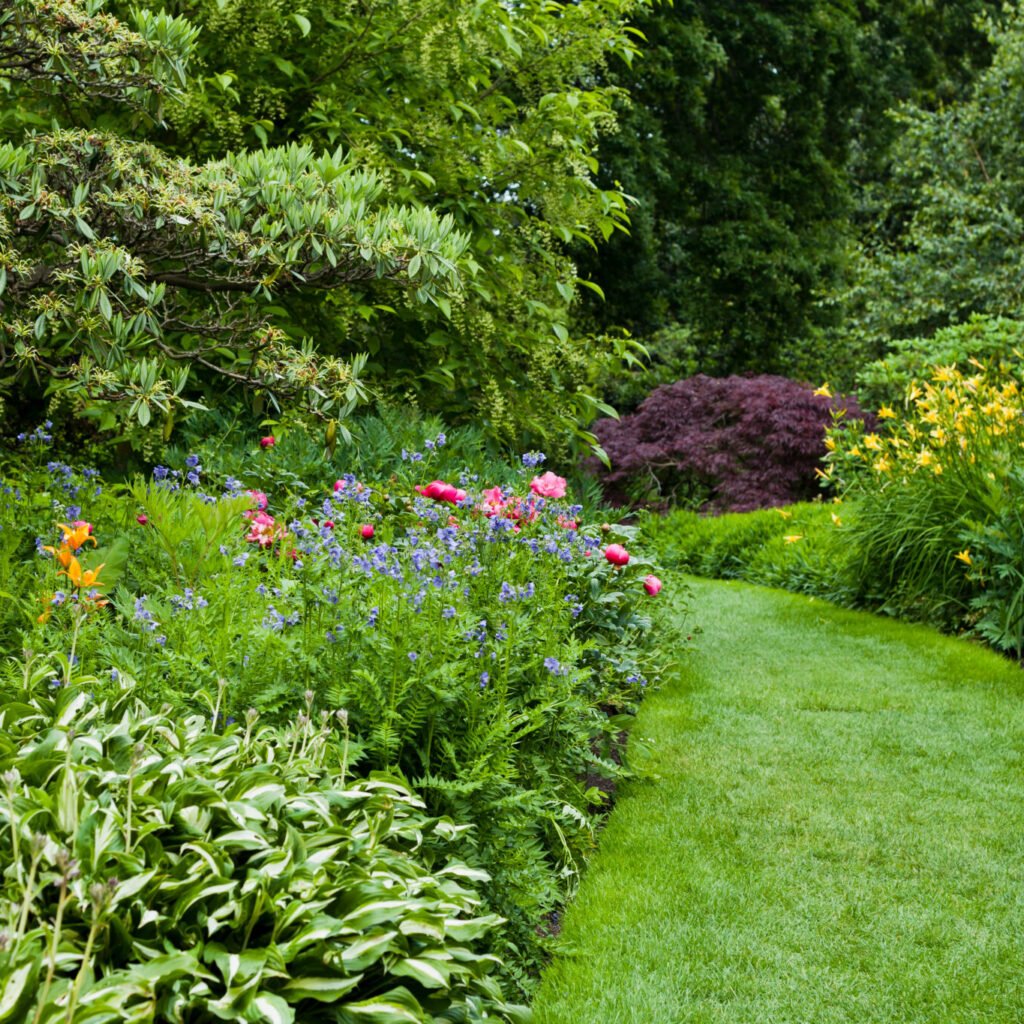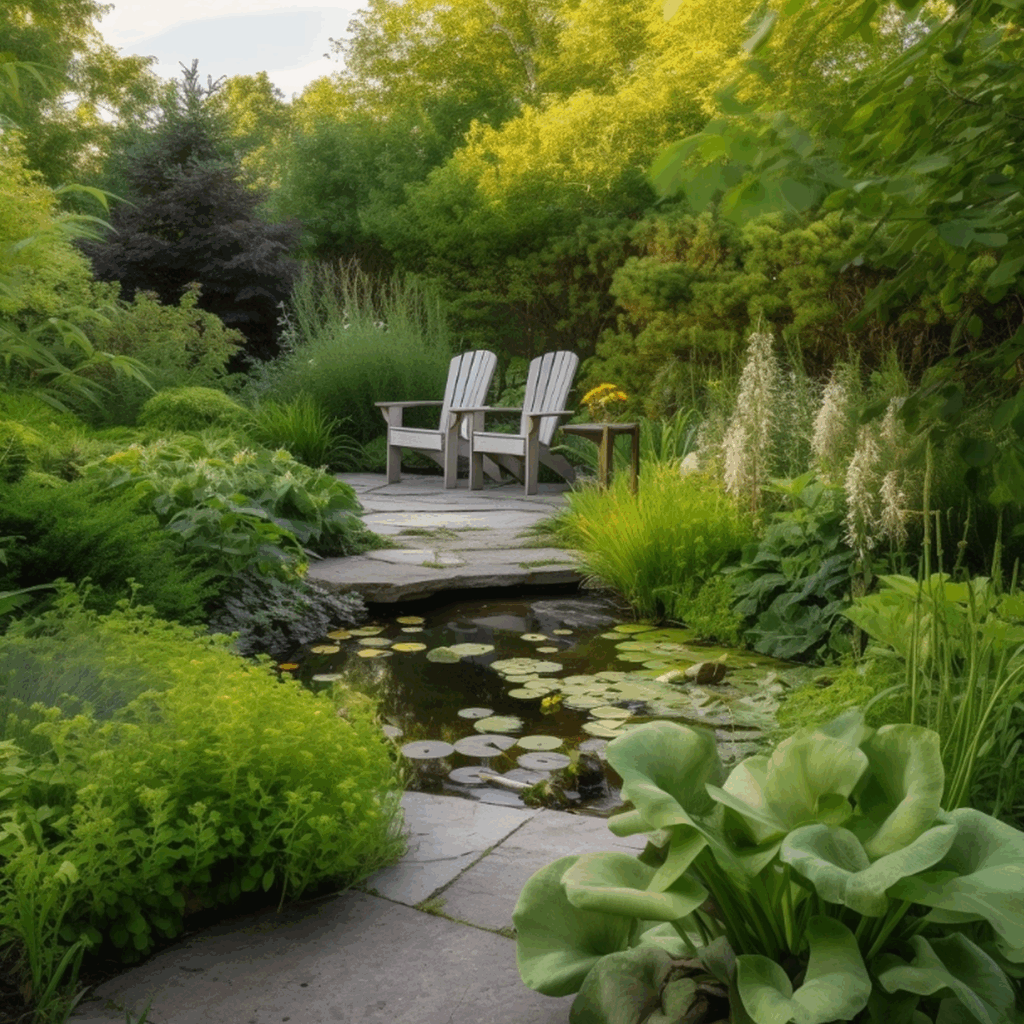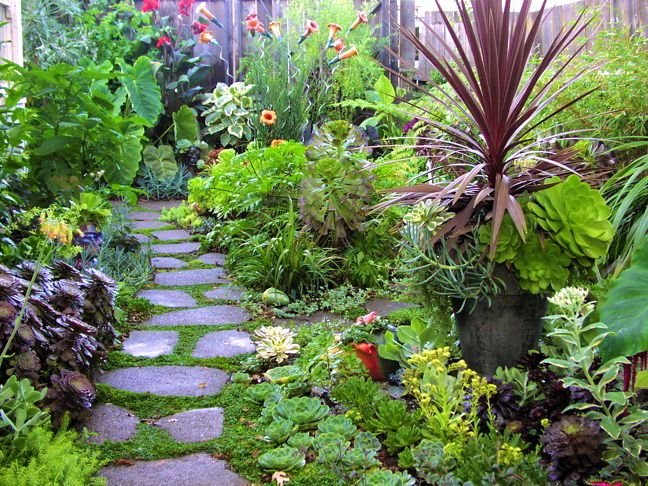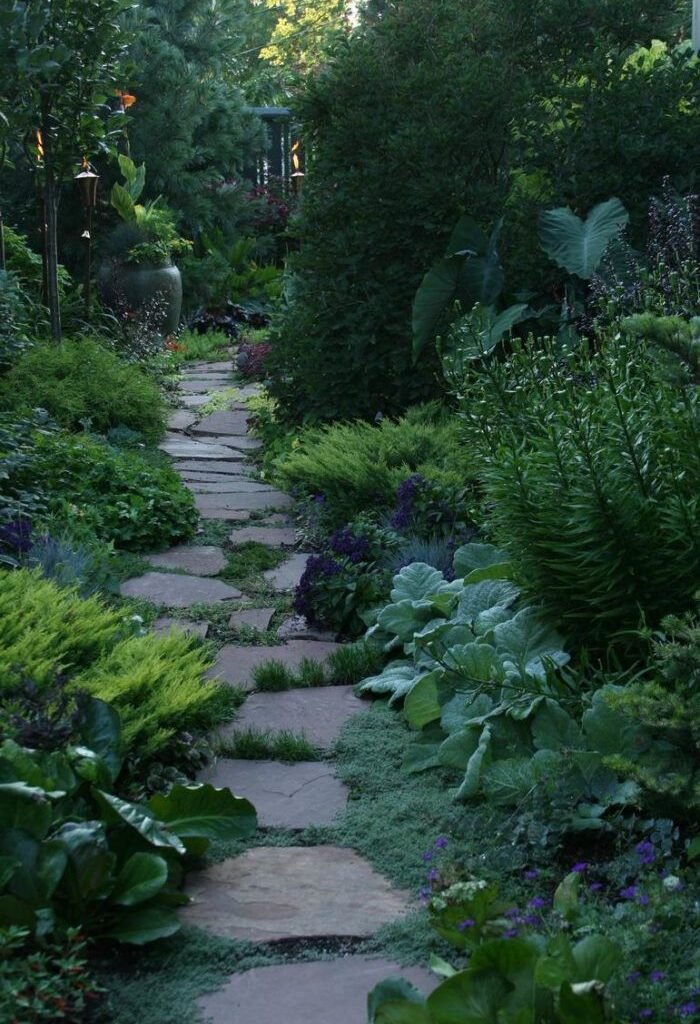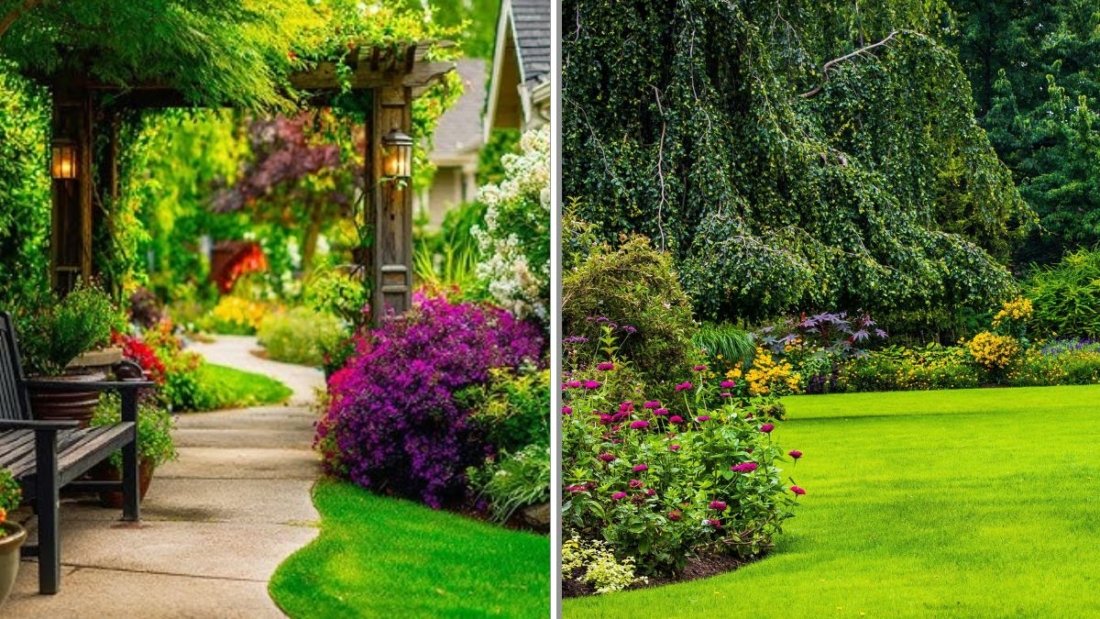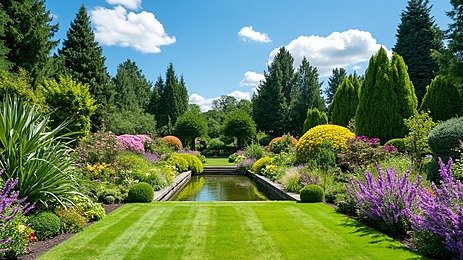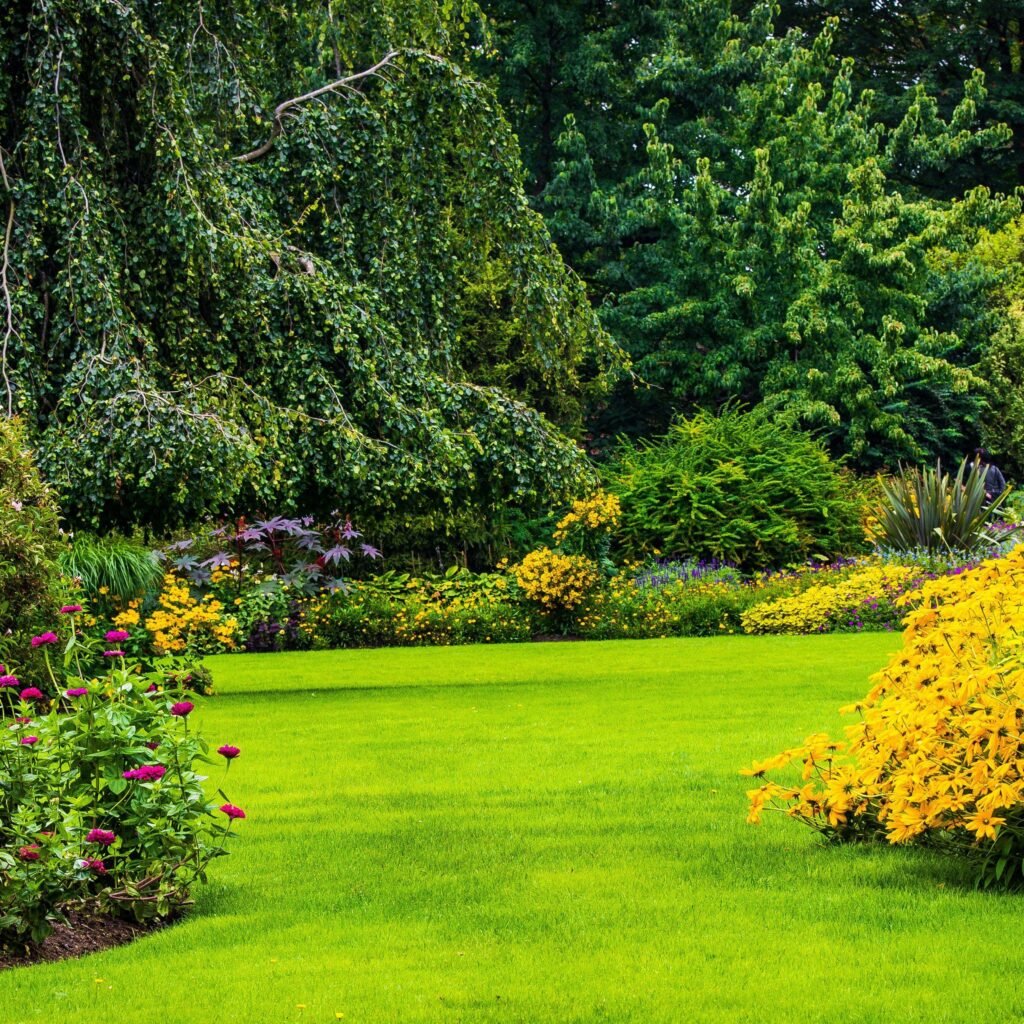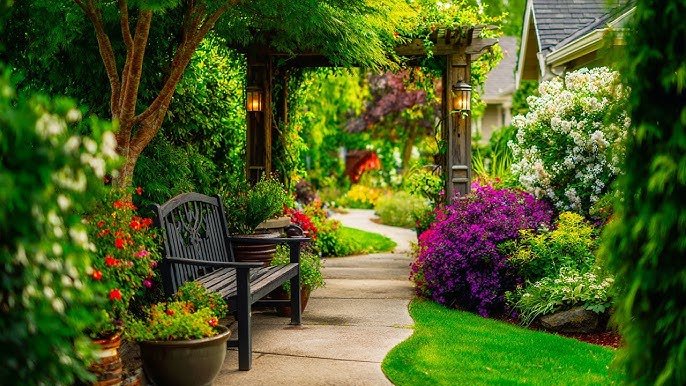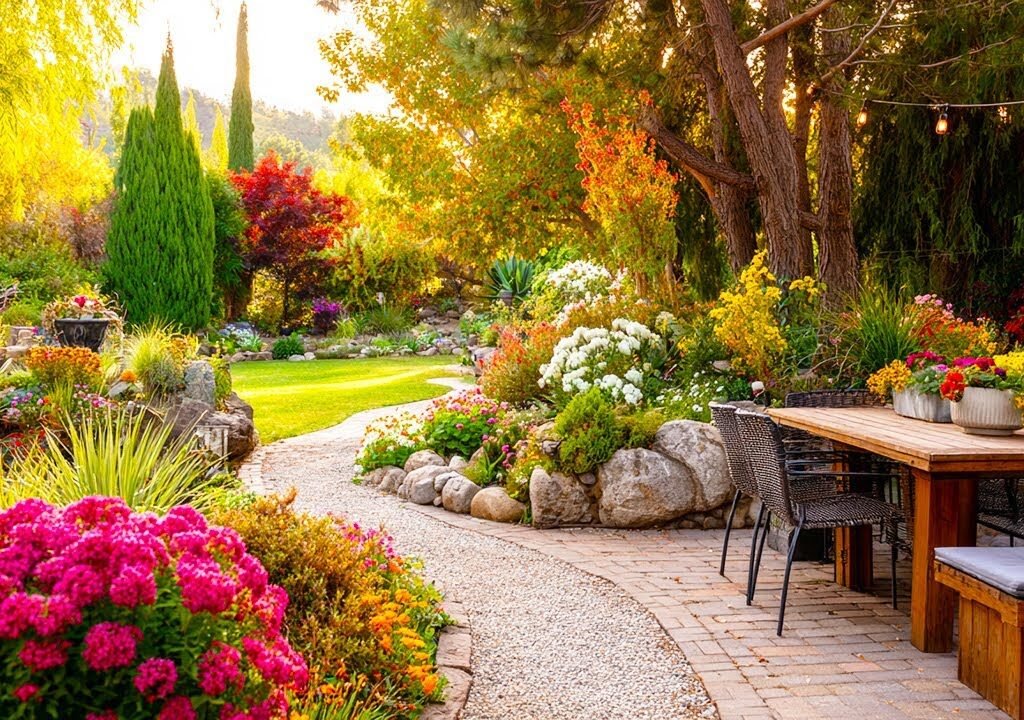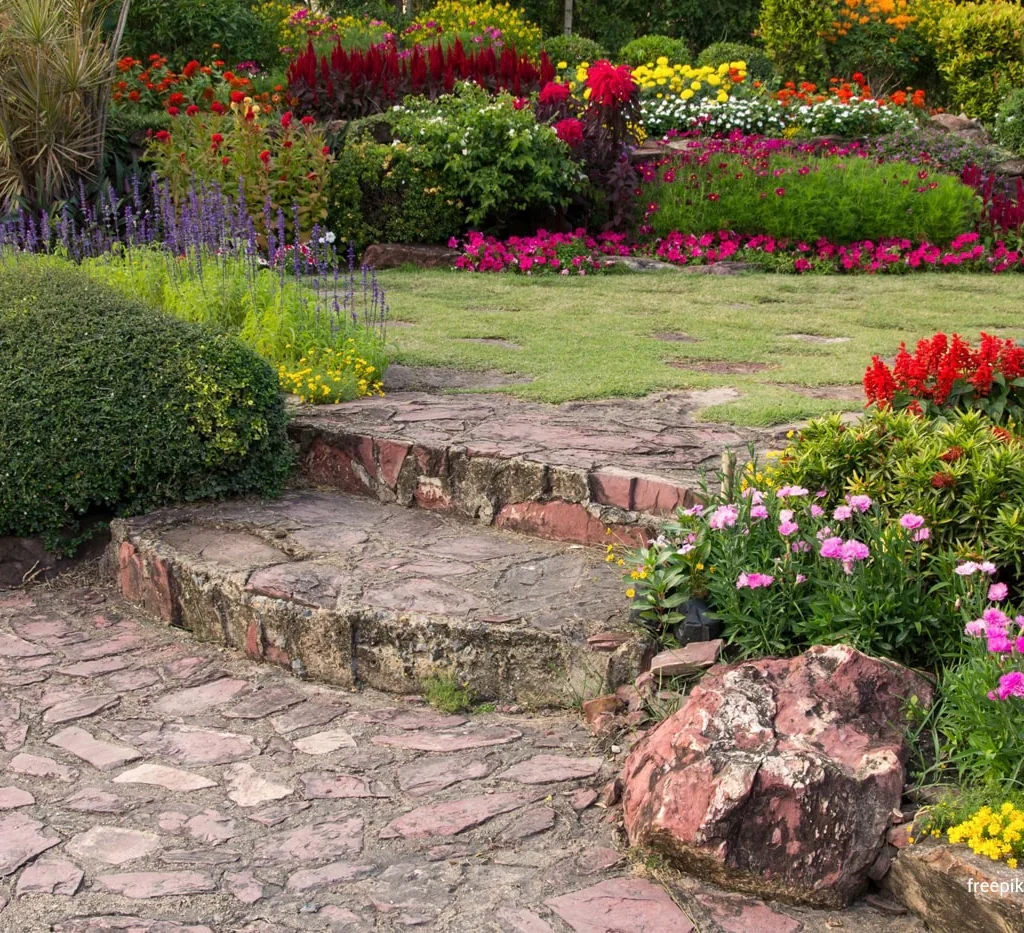Spring is the season of new beginnings in the garden. As temperatures warm, soil thaws, and plants burst back to life, it’s tempting to dive straight into planting and enjoy the lush growth. But experienced gardeners know that a little extra effort in spring can save countless hours of weeding, watering, and troubleshooting later in the hot, busy summer months.
Here are five essential spring tasks that drastically cut down on summer maintenance, giving you more time to enjoy your garden instead of battling problems.
1. Prepare and Amend the Soil Properly
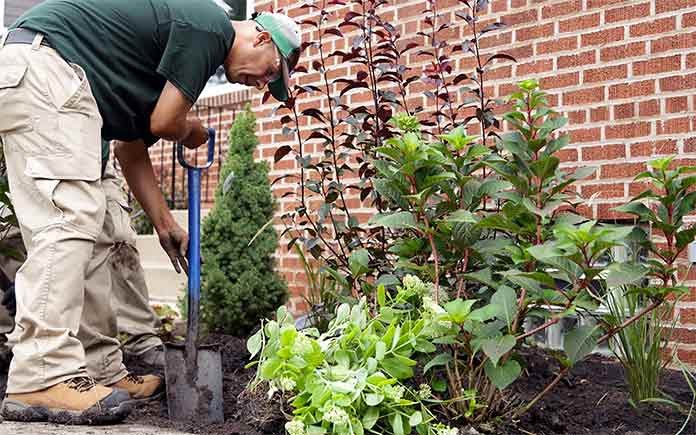
Healthy soil is the foundation of a low-maintenance garden. Investing time in soil prep during spring reduces the need for fertilizers, pest control, and even watering in summer.
- Test your soil: Check pH and nutrient levels. If it’s too acidic or alkaline, correct it early. Balanced soil makes plants stronger and more resilient.
- Add compost and organic matter: A 2–3 inch layer of compost enriches soil, improves structure, and boosts moisture retention—meaning less watering in summer heat.
- Loosen compacted soil: Use a garden fork or broadfork to aerate soil so roots grow deeper, accessing more water and nutrients.
Summer savings: Well-prepared soil grows healthier plants, which means fewer pest outbreaks, stronger resistance to drought, and reduced need for constant fertilizing.
2. Apply Mulch Early to Suppress Weeds
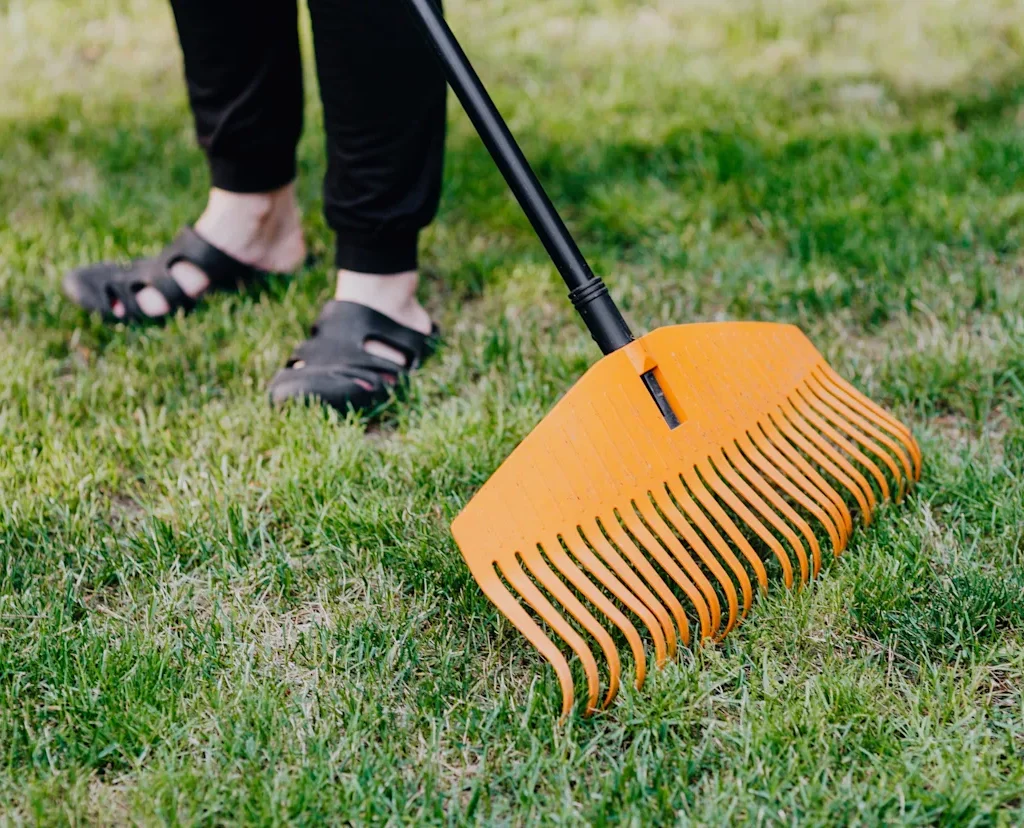
Weeds thrive when the weather warms. Tackling them in spring—before they take hold—saves you hours of pulling them later.
- Apply mulch now: Spread 2–4 inches of straw, shredded leaves, bark chips, or compost around plants and over bare soil.
- Block sunlight: Mulch prevents weed seeds from germinating.
- Retain moisture: Mulch keeps soil cooler and reduces evaporation, cutting down your summer watering chores.
Pro tip: Apply mulch after soil has warmed slightly in spring. Mulching too early can keep soil too cool for planting.
Summer savings: Early mulching means fewer weeds to pull, fewer waterings, and healthier soil microbes working behind the scenes.
3. Install or Repair Irrigation Systems

Hand-watering is time-consuming in summer. Setting up efficient watering systems in spring ensures your garden gets consistent moisture with minimal effort.
- Drip irrigation or soaker hoses: These deliver water directly to roots, reducing waste and preventing leaf diseases caused by overhead watering.
- Timers: Attach a simple timer to automate watering, so your plants stay hydrated even during vacations or hot spells.
- Check for leaks: Repair hoses, sprinklers, or connectors now, before peak summer demands.
Summer savings: Automated systems cut watering chores to near zero, conserve water, and keep plants healthier during heat waves.
4. Prune and Divide Early for Healthier Growth
Spring is the best time to shape and strengthen plants before they put energy into full growth.
- Prune shrubs and perennials: Remove dead, diseased, or crossing branches. This prevents pest problems and improves air circulation.
- Divide crowded perennials: Plants like daylilies, hostas, and irises benefit from dividing in spring. It rejuvenates growth and reduces summer maintenance like flopping or overcrowding.
- Shape fruit trees and vines: Proper pruning improves fruit production and makes harvesting easier later.
Summer savings: Healthy, well-pruned plants need less staking, fewer disease treatments, and produce better results with less fuss.
5. Plan and Plant Strategically
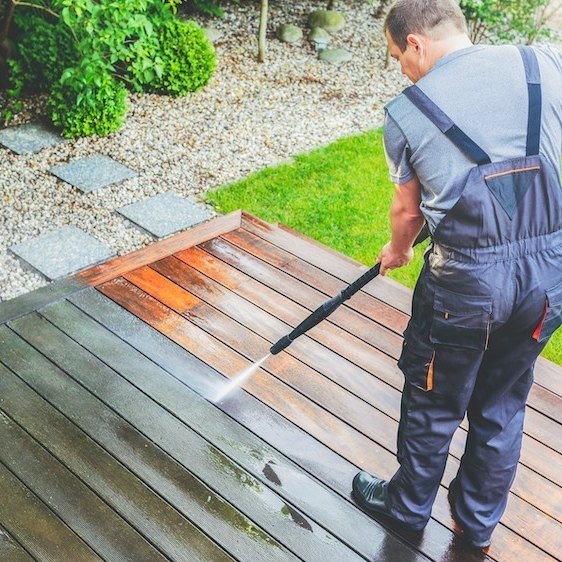
A thoughtful planting strategy in spring saves time and effort later.
- Group plants by water needs: Place thirsty plants together and drought-tolerant ones separately. This makes watering more efficient.
- Choose low-maintenance varieties: Opt for disease-resistant vegetables, drought-hardy flowers, and native perennials.
- Stagger plantings: Succession planting ensures a steady harvest instead of a glut that overwhelms you mid-summer.
- Use companion planting: Pairing plants that repel pests (like marigolds with tomatoes) reduces the need for pesticides.
Summer savings: Smarter planting means fewer pests, less water waste, and more manageable harvests.
Bonus Task: Maintain Your Tools in Spring

Sharp, clean tools make every job easier. Take time to clean, sharpen, and oil garden tools in spring. This prevents breakdowns mid-summer and keeps chores fast and efficient.
Final Thoughts
By tackling these five spring tasks—soil preparation, mulching, irrigation setup, pruning, and strategic planting—you’ll drastically reduce the time and energy needed to maintain your garden through summer. Instead of spending long, hot days pulling weeds or hauling watering cans, you can relax and enjoy thriving plants, steady harvests, and a beautiful outdoor space.
In gardening, a little forethought goes a long way. Do the work in spring, and your summer will be all about enjoyment—not endless maintenance.
